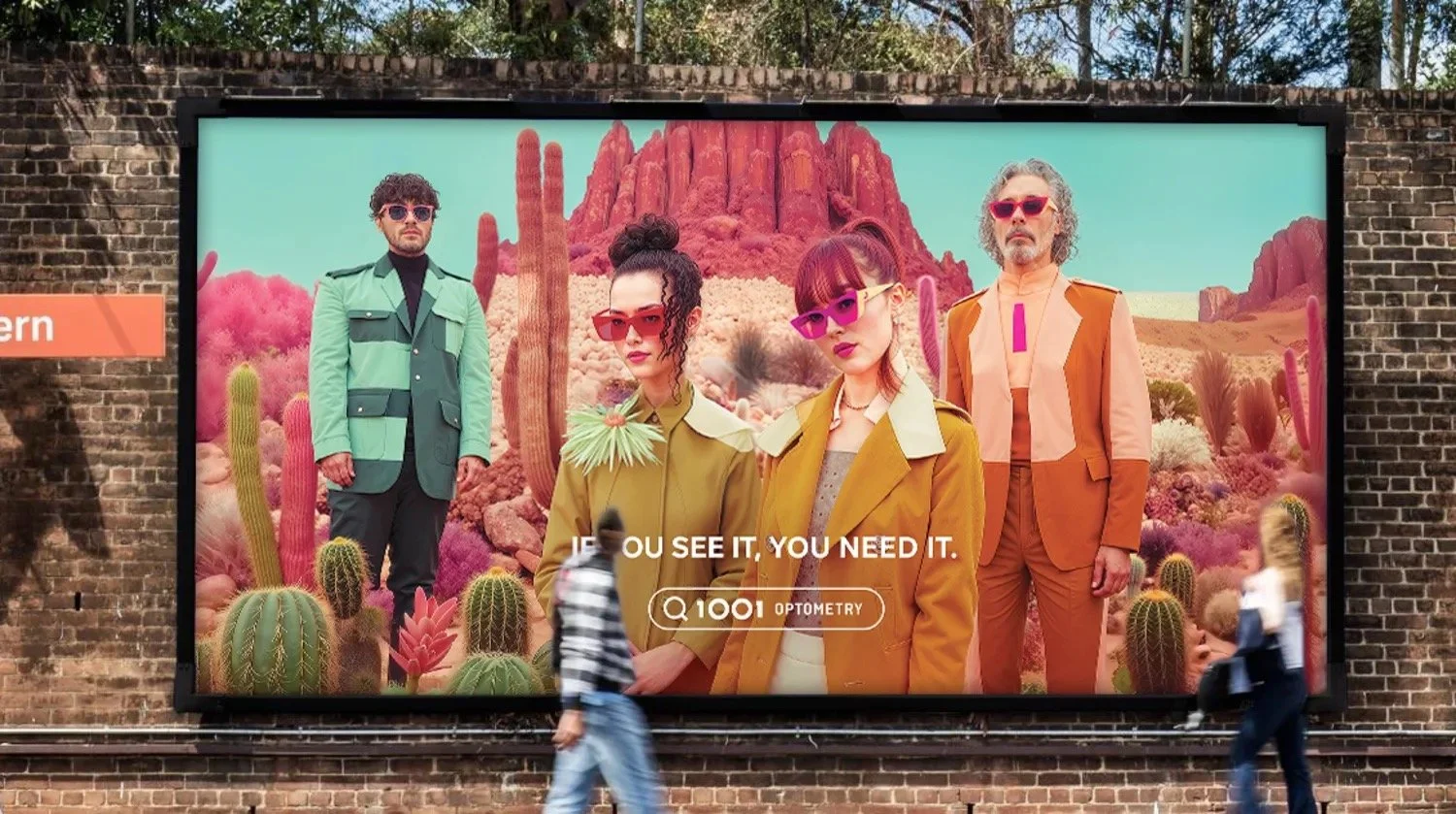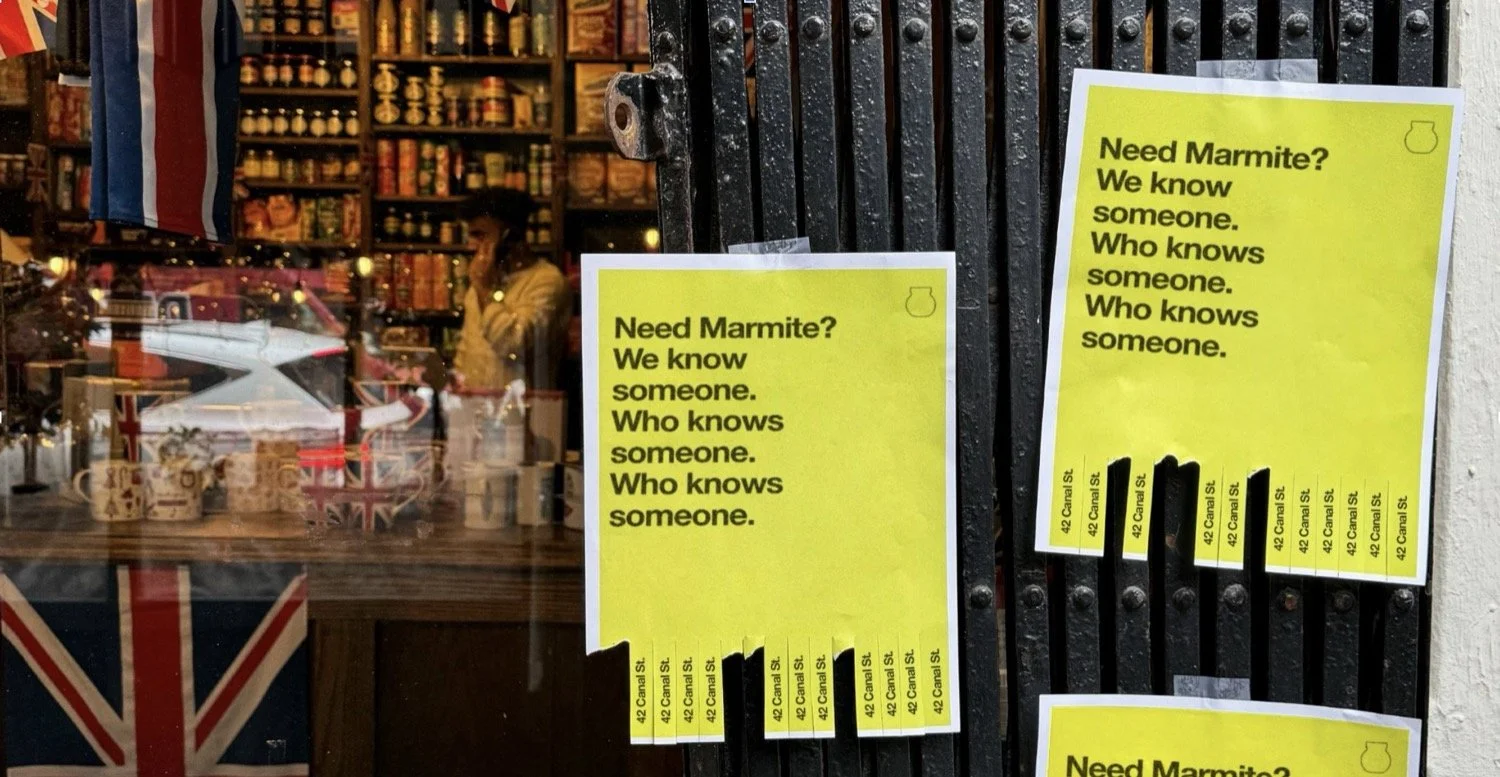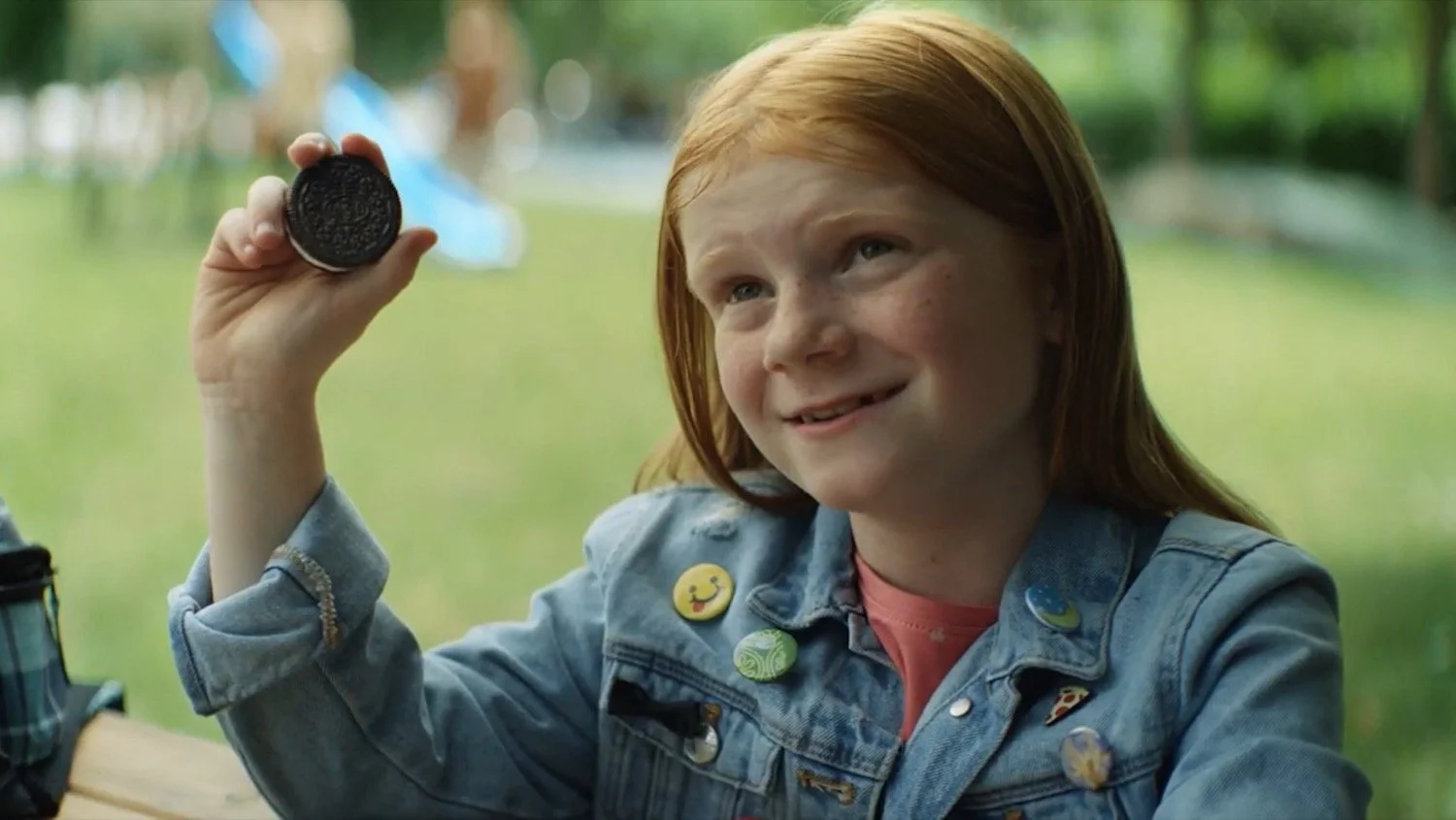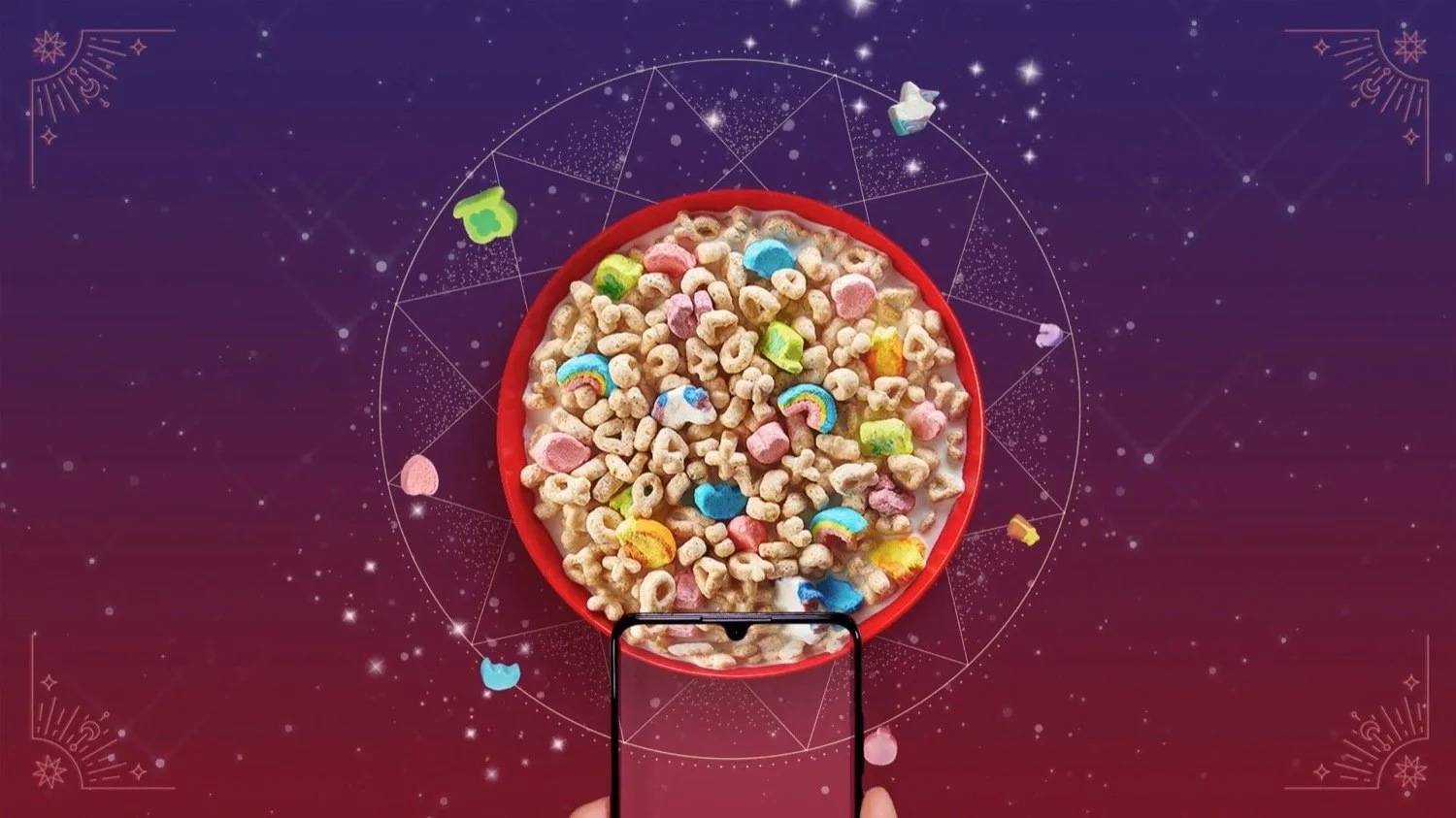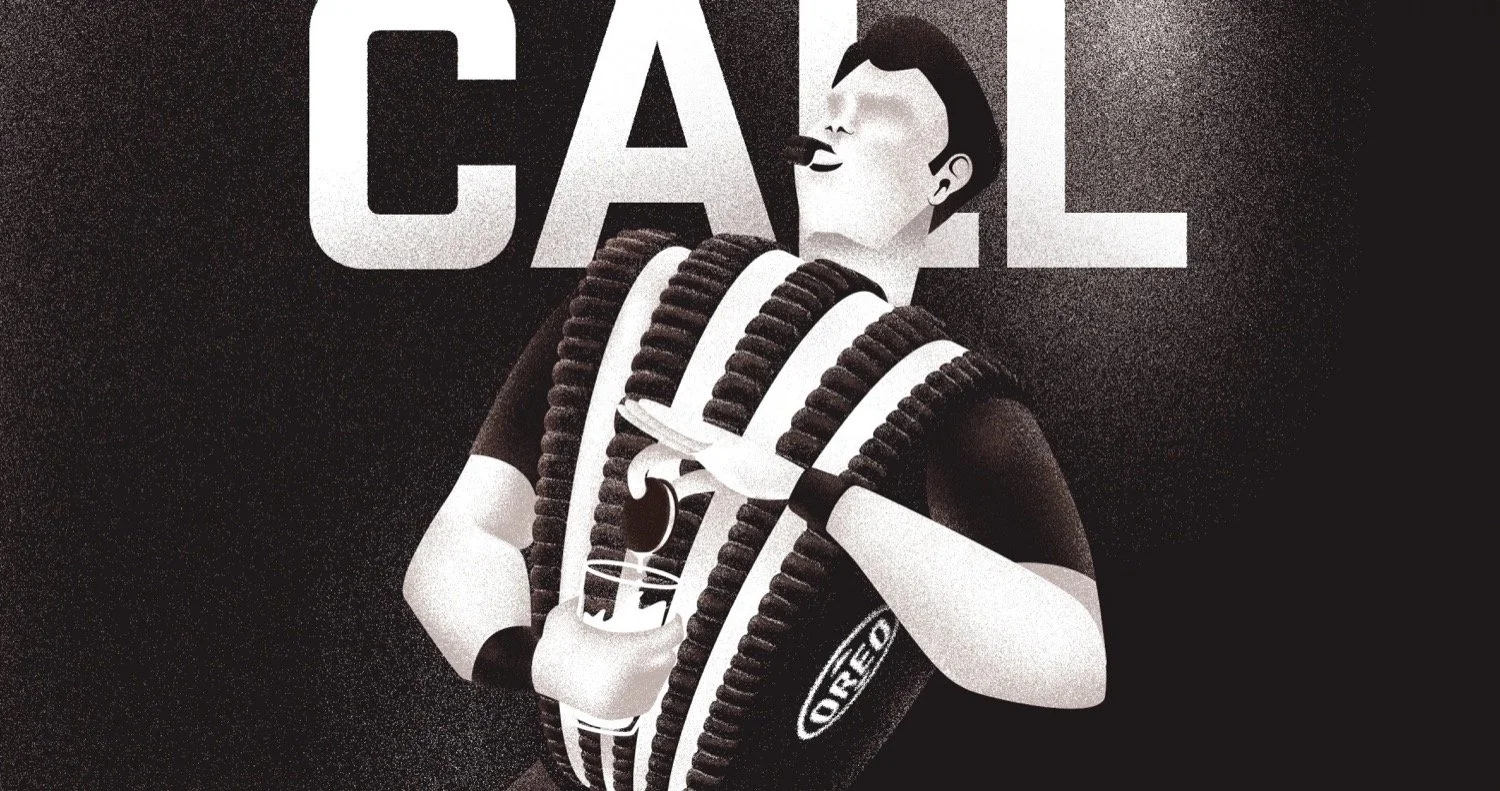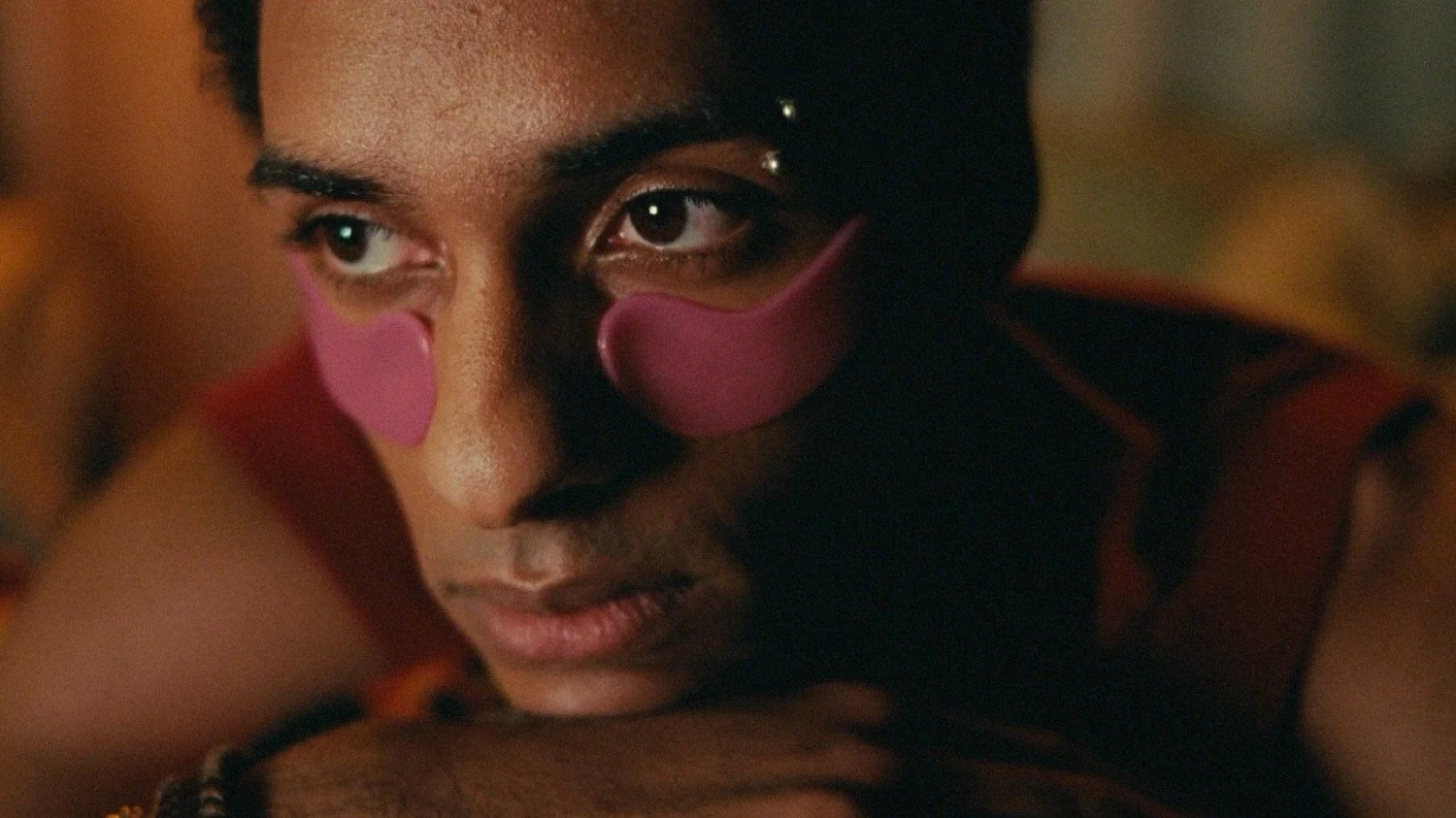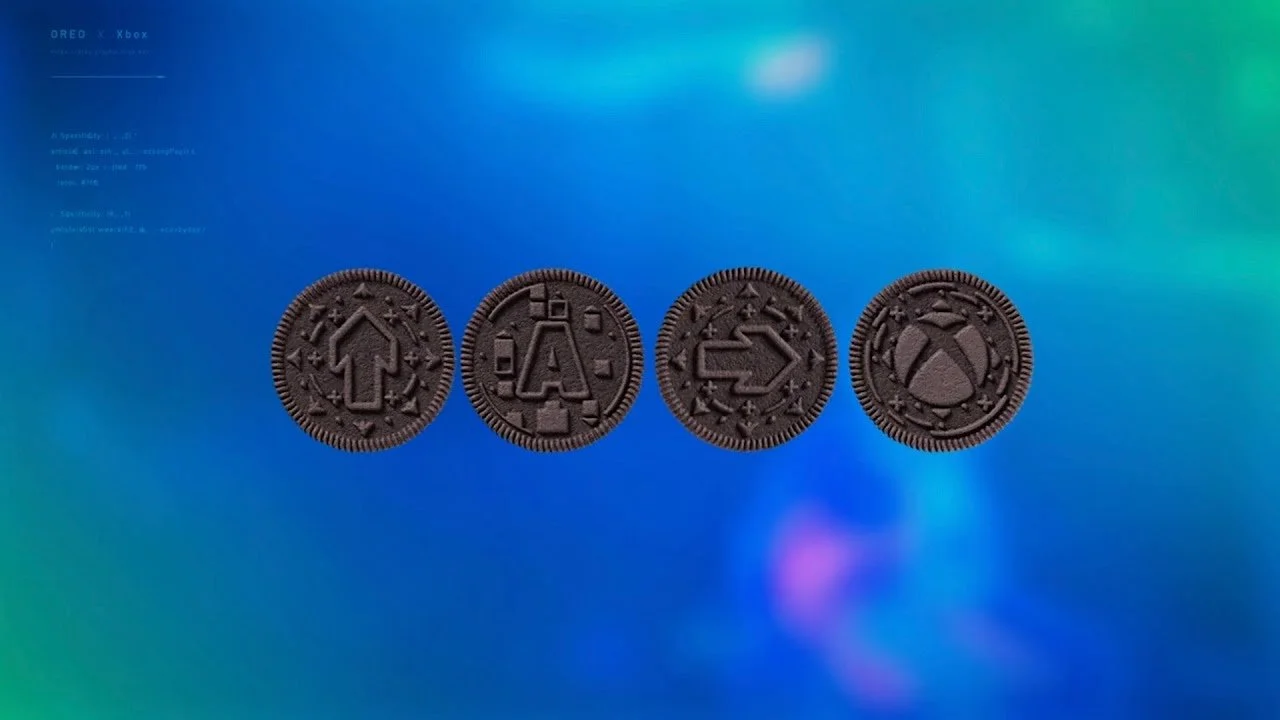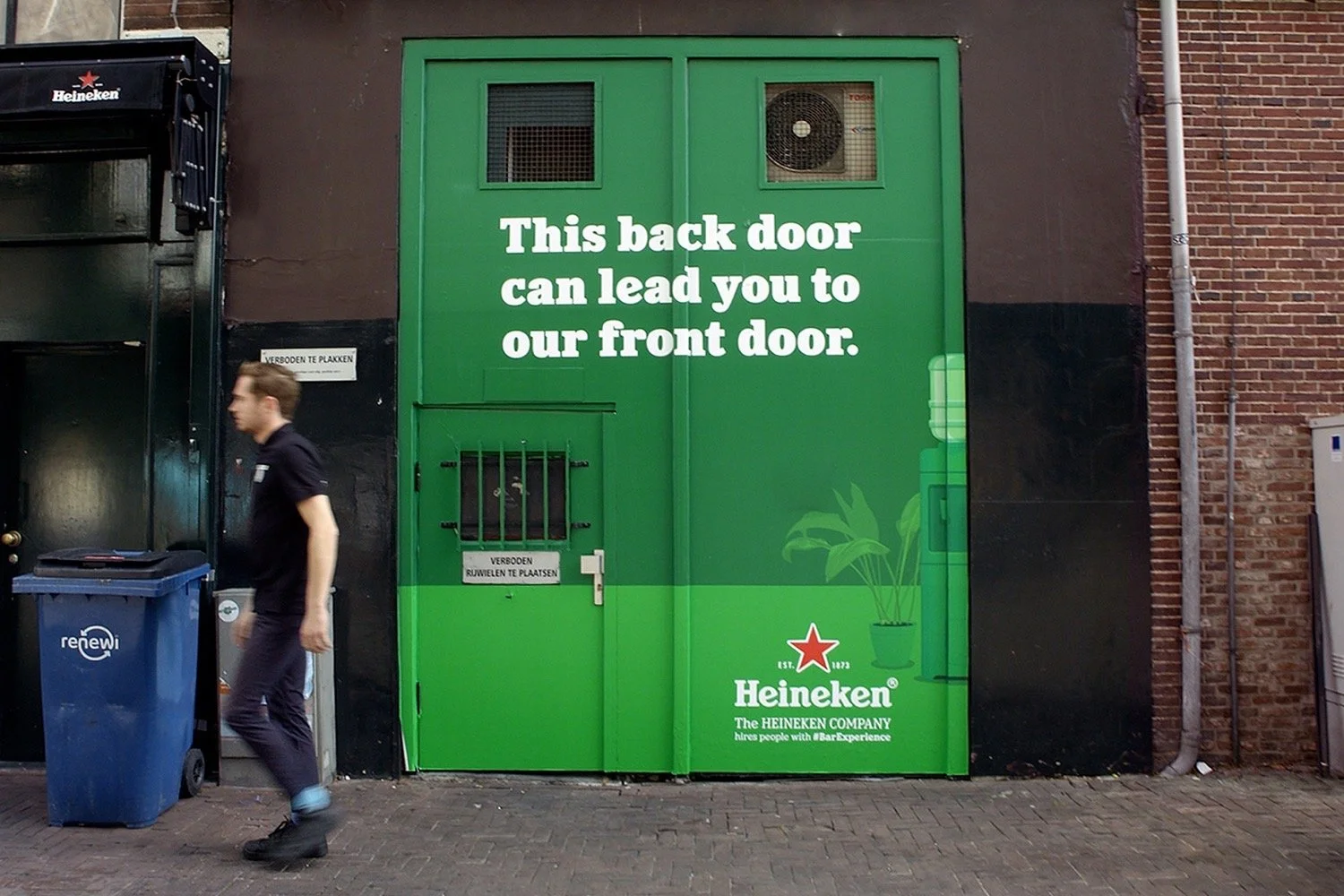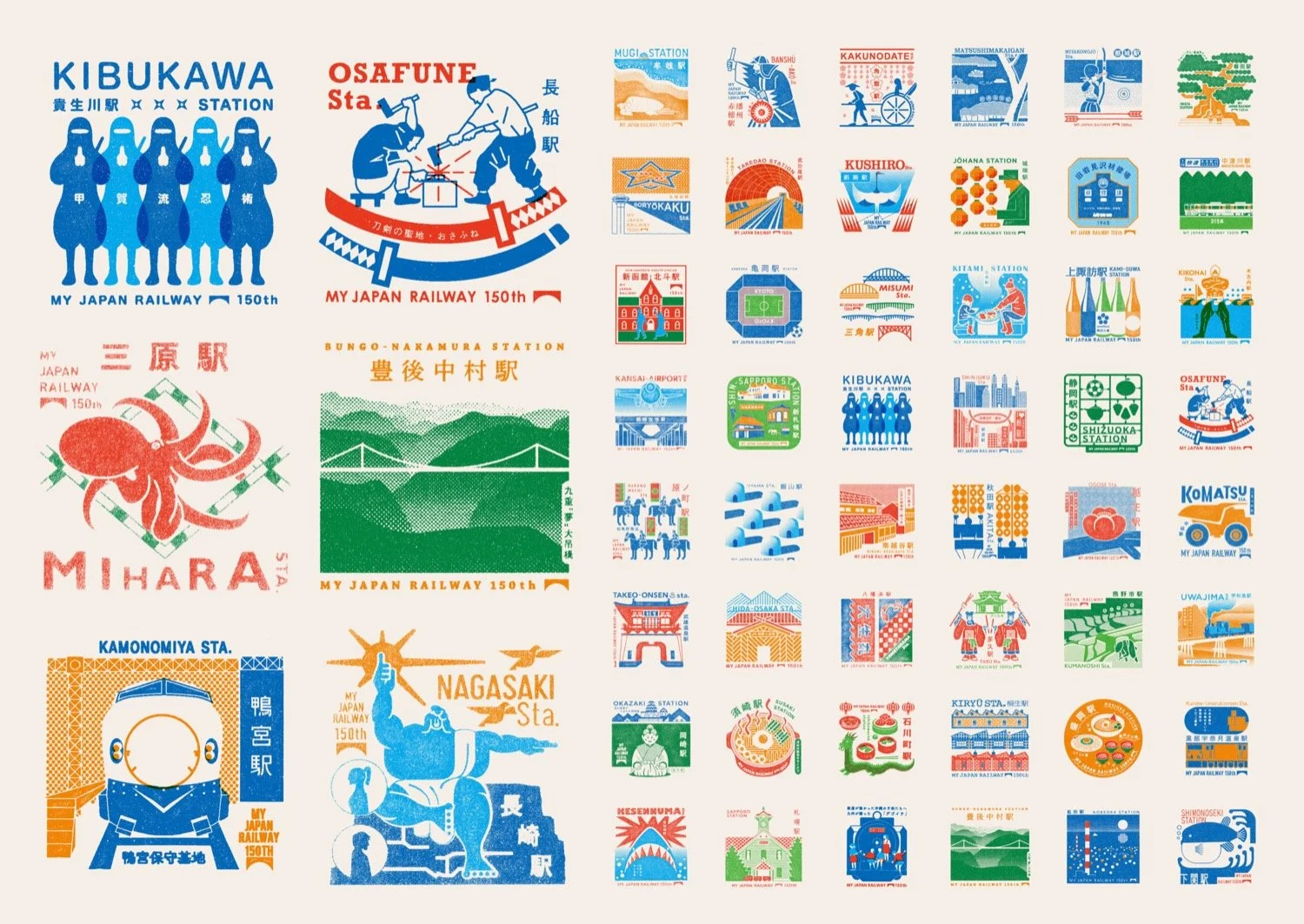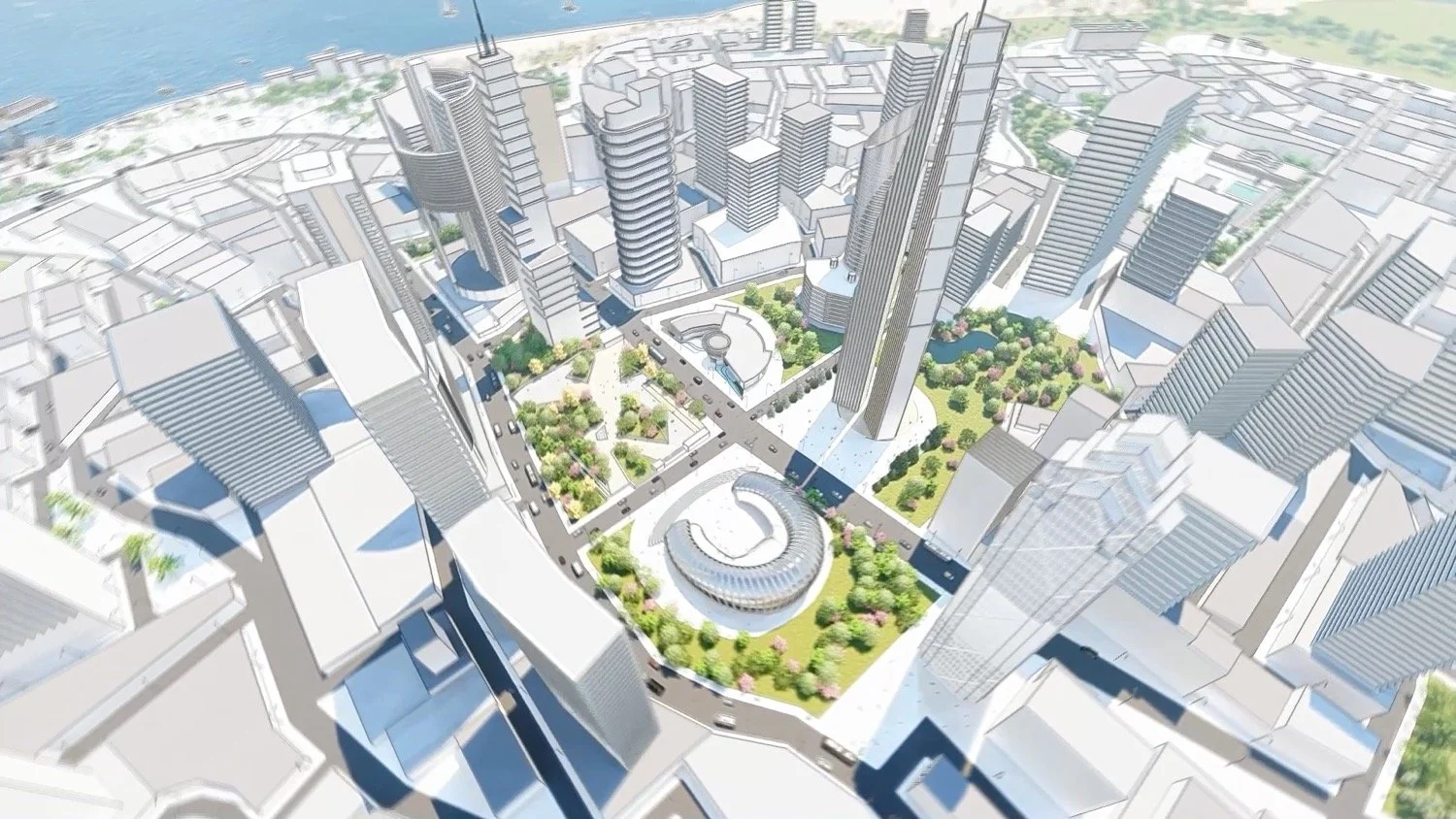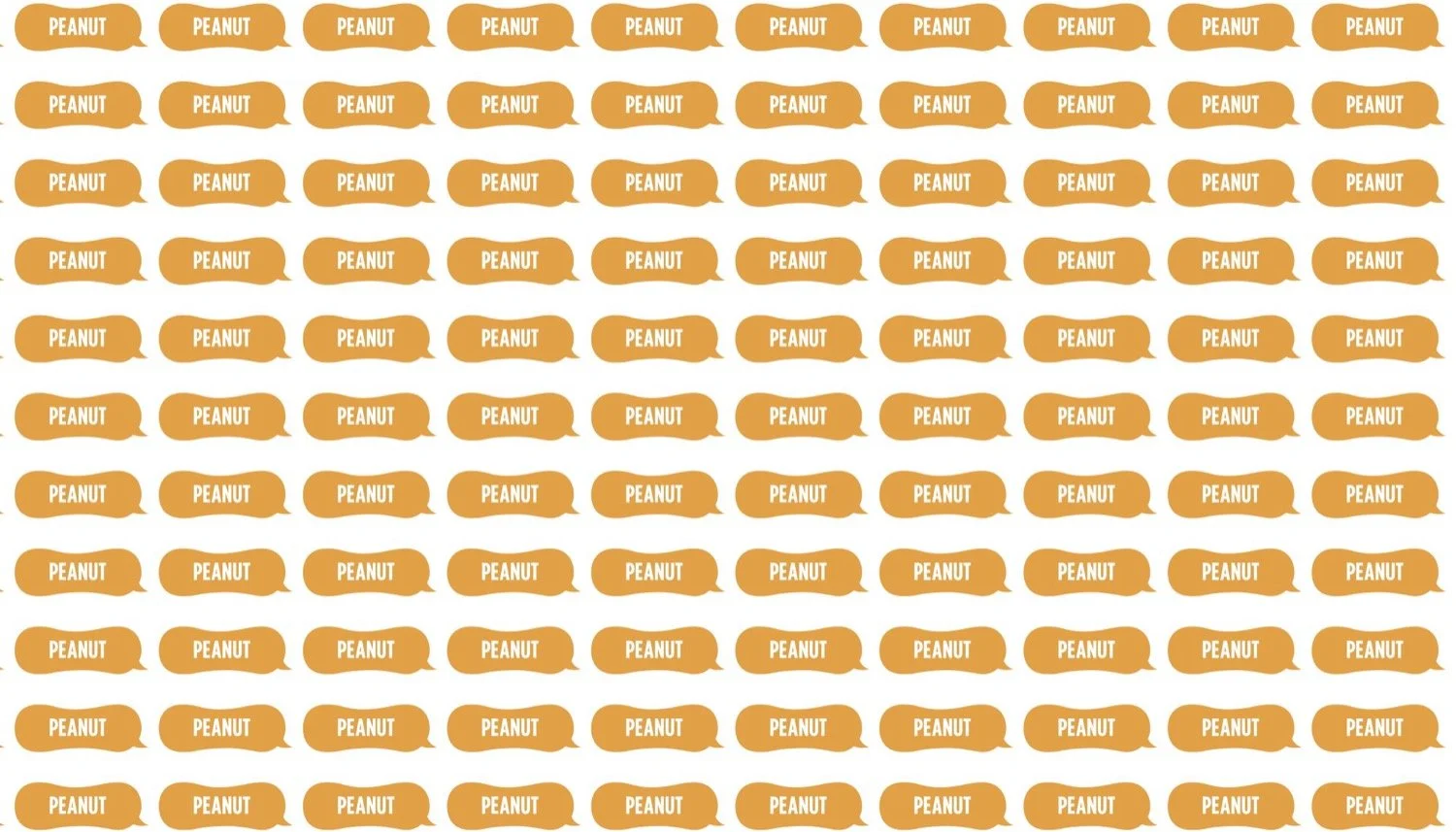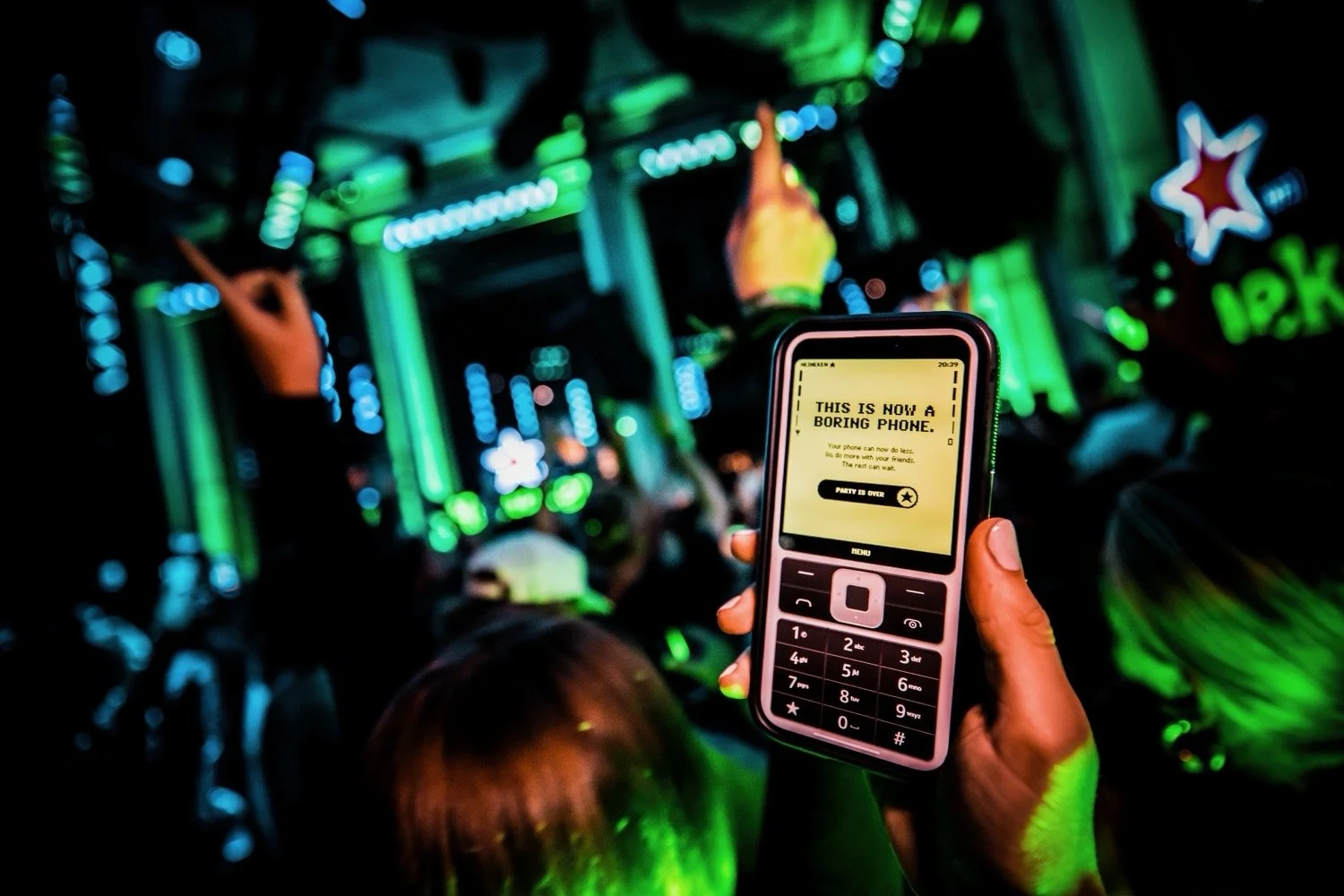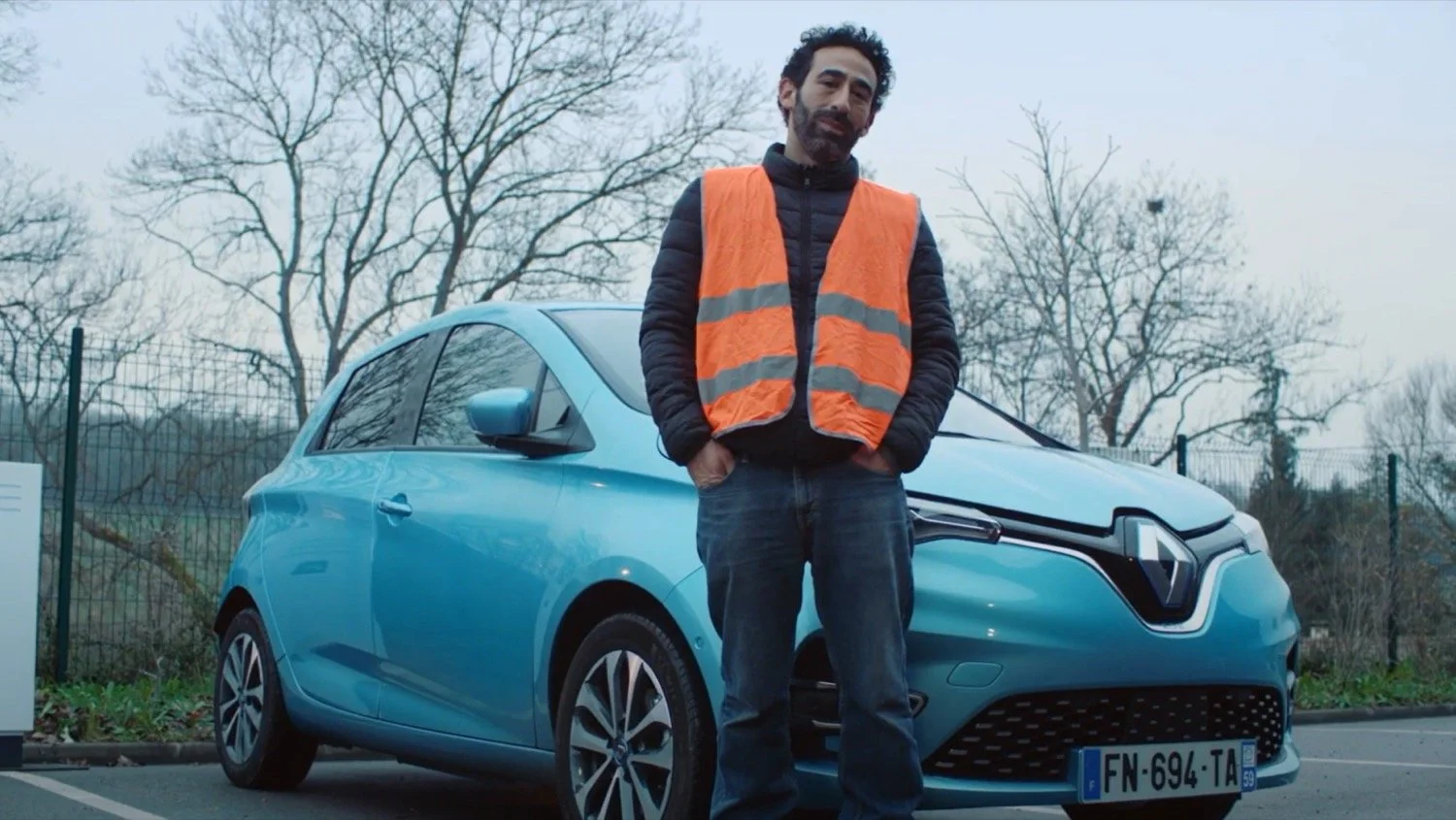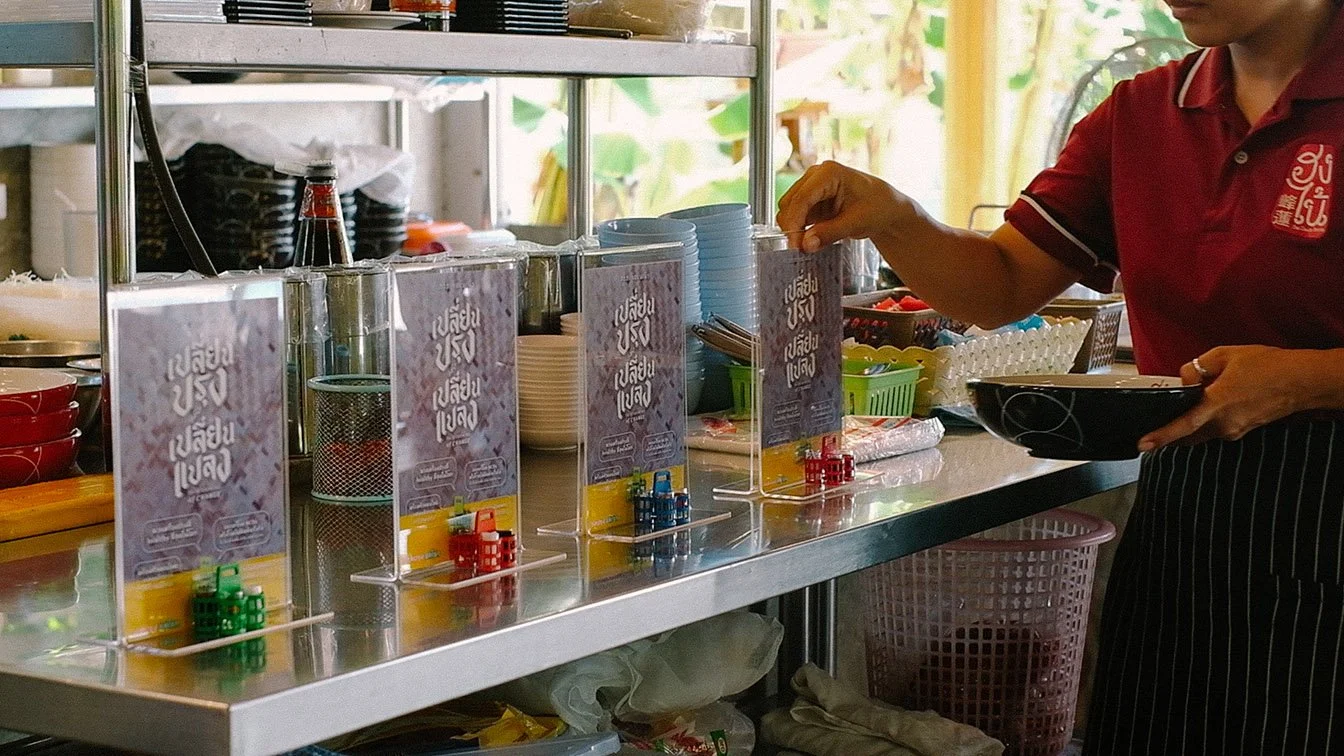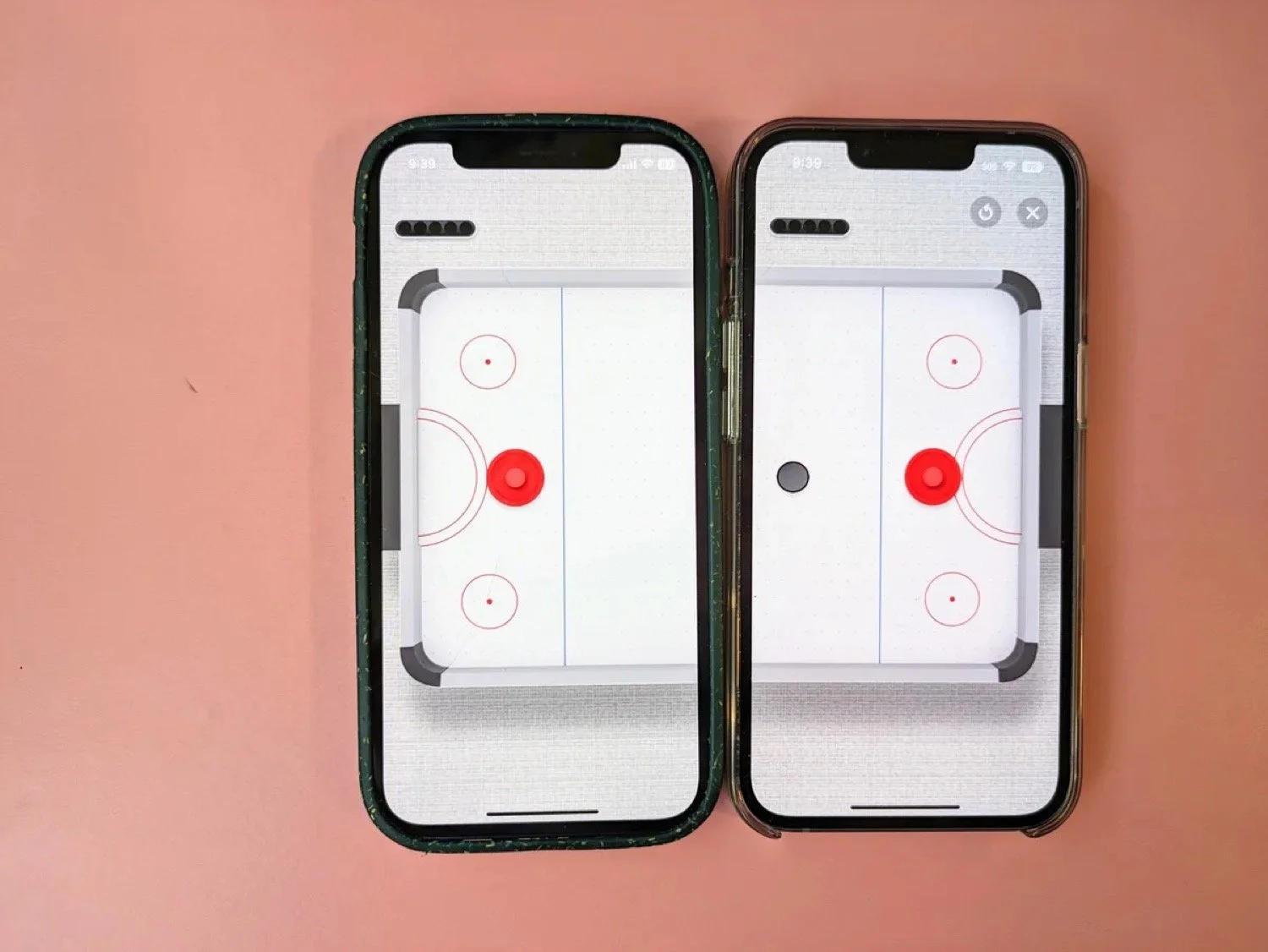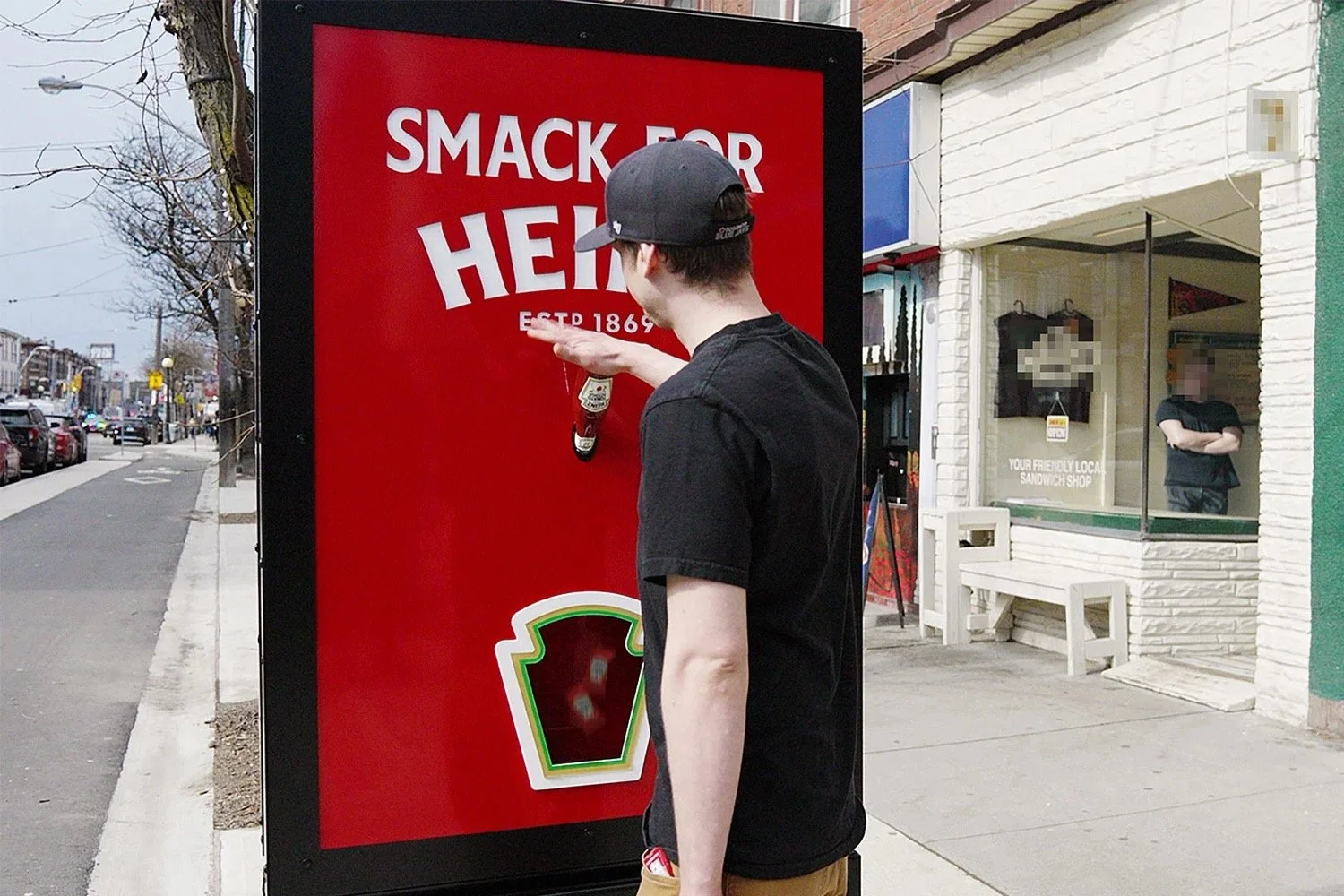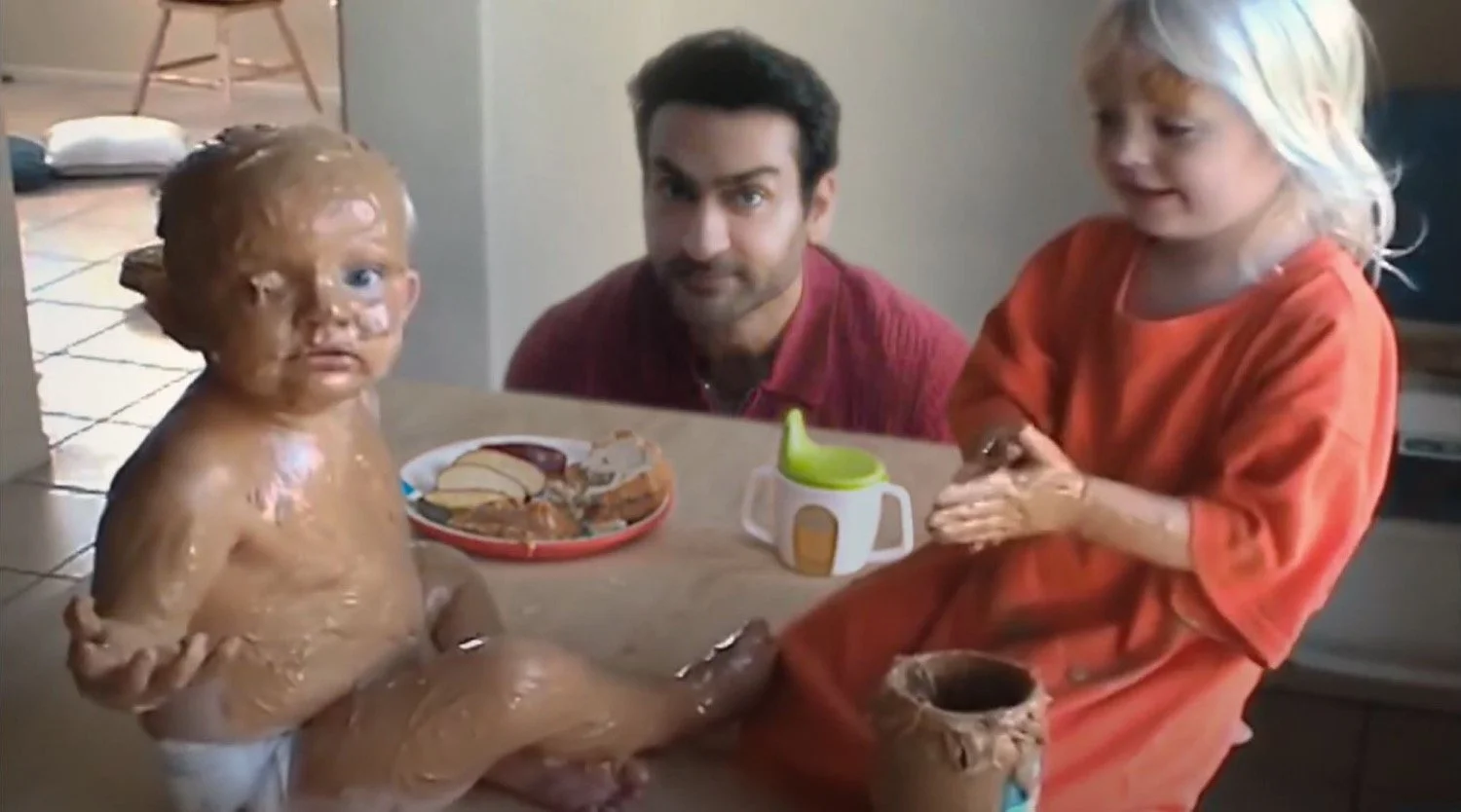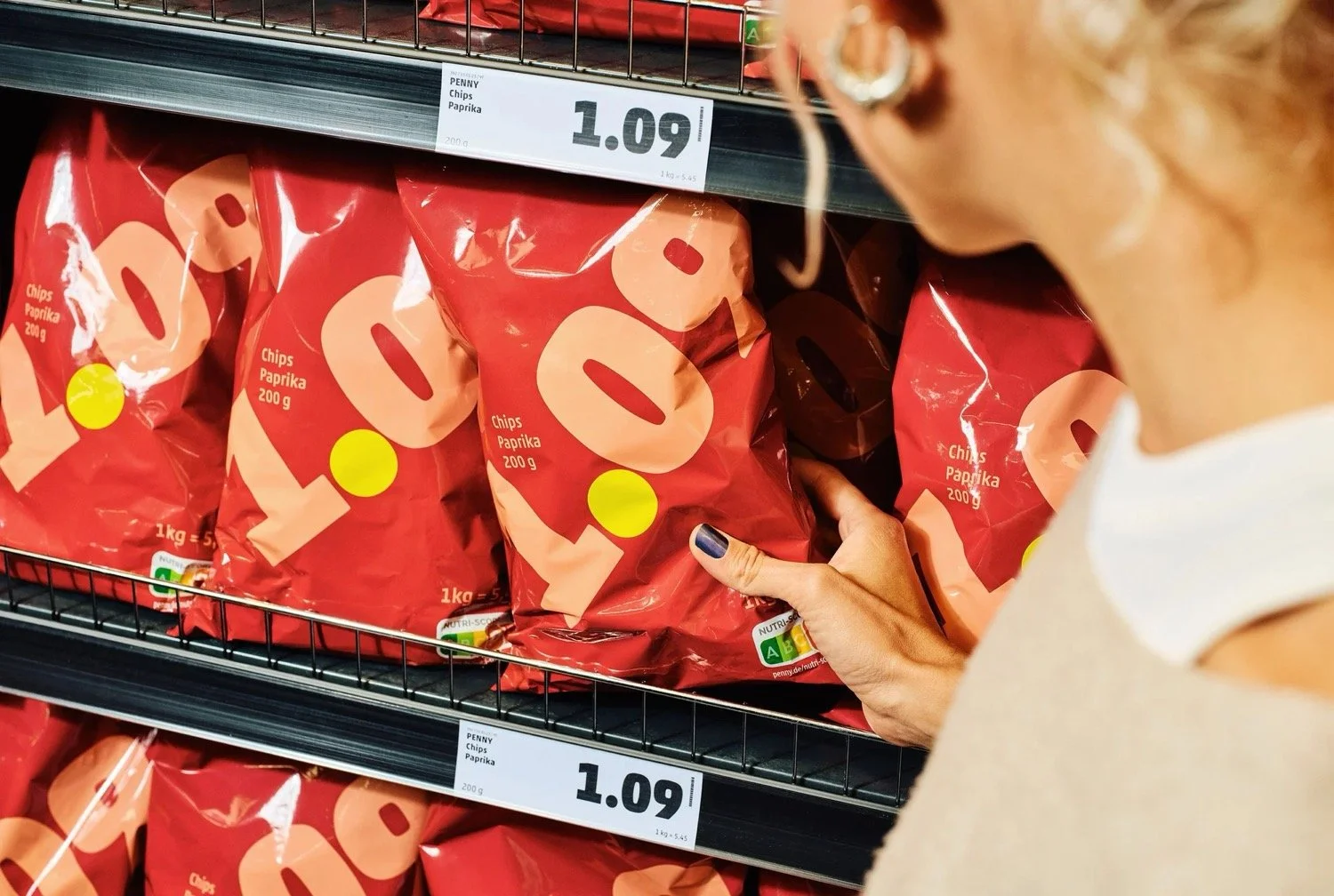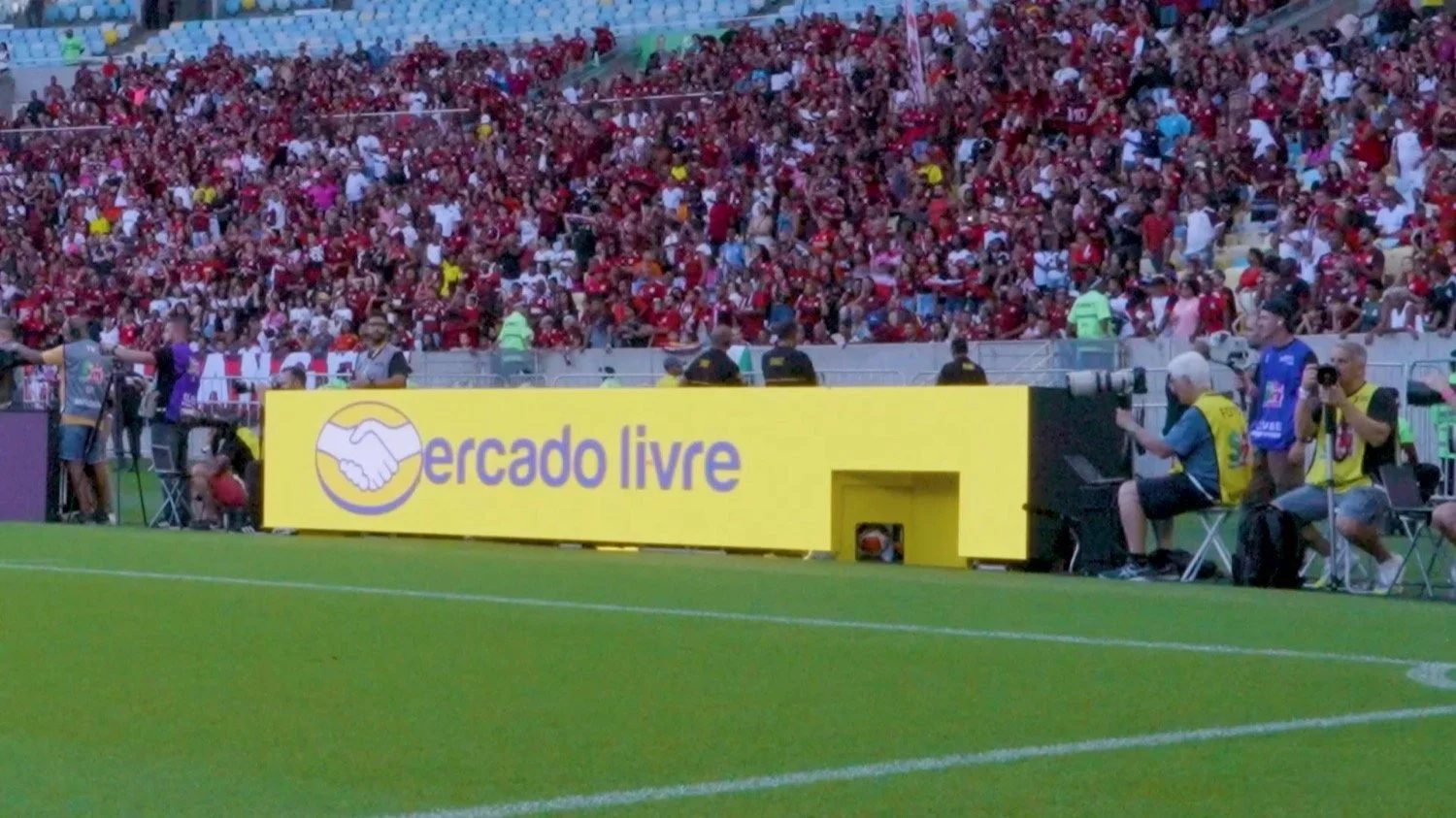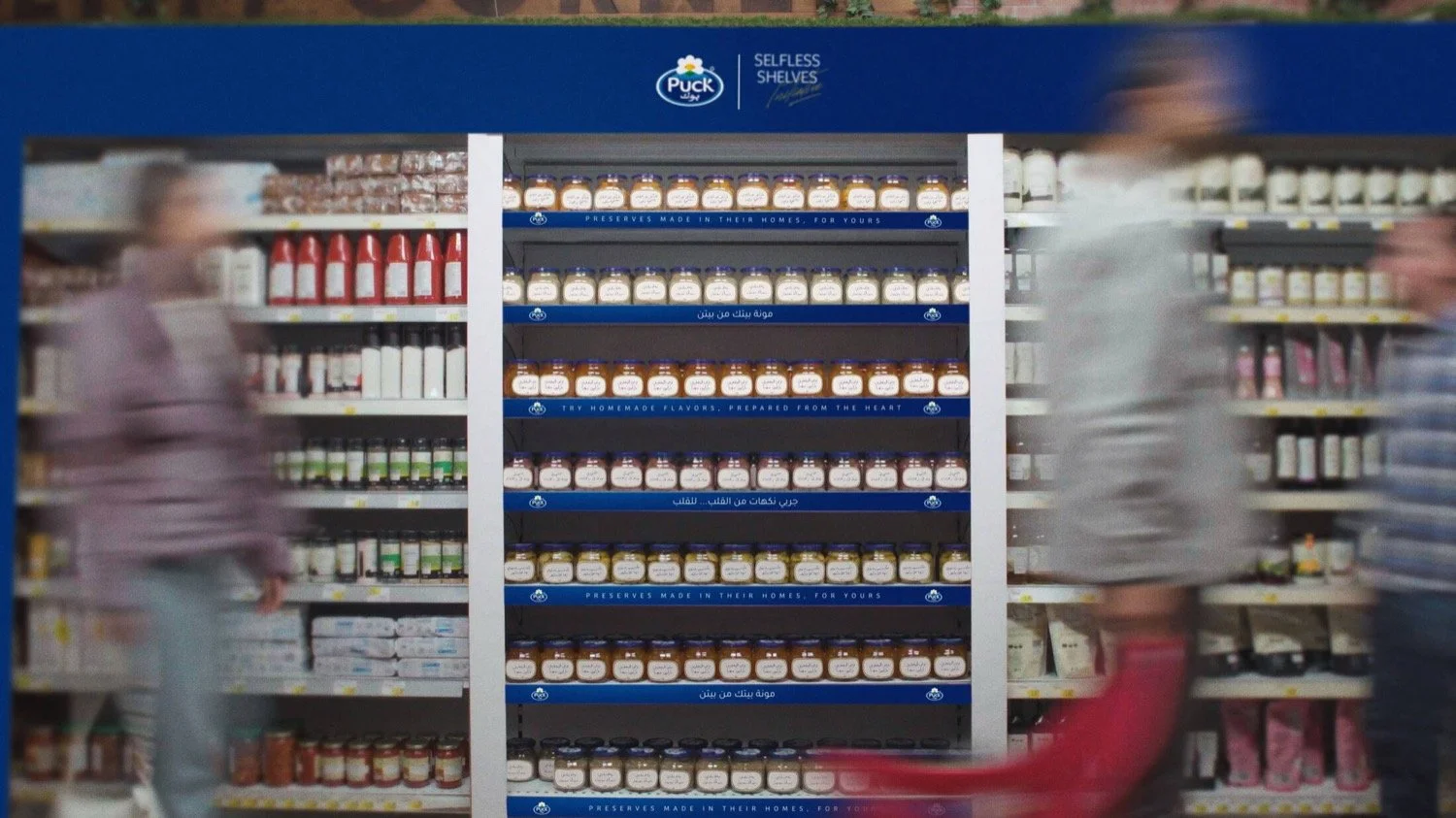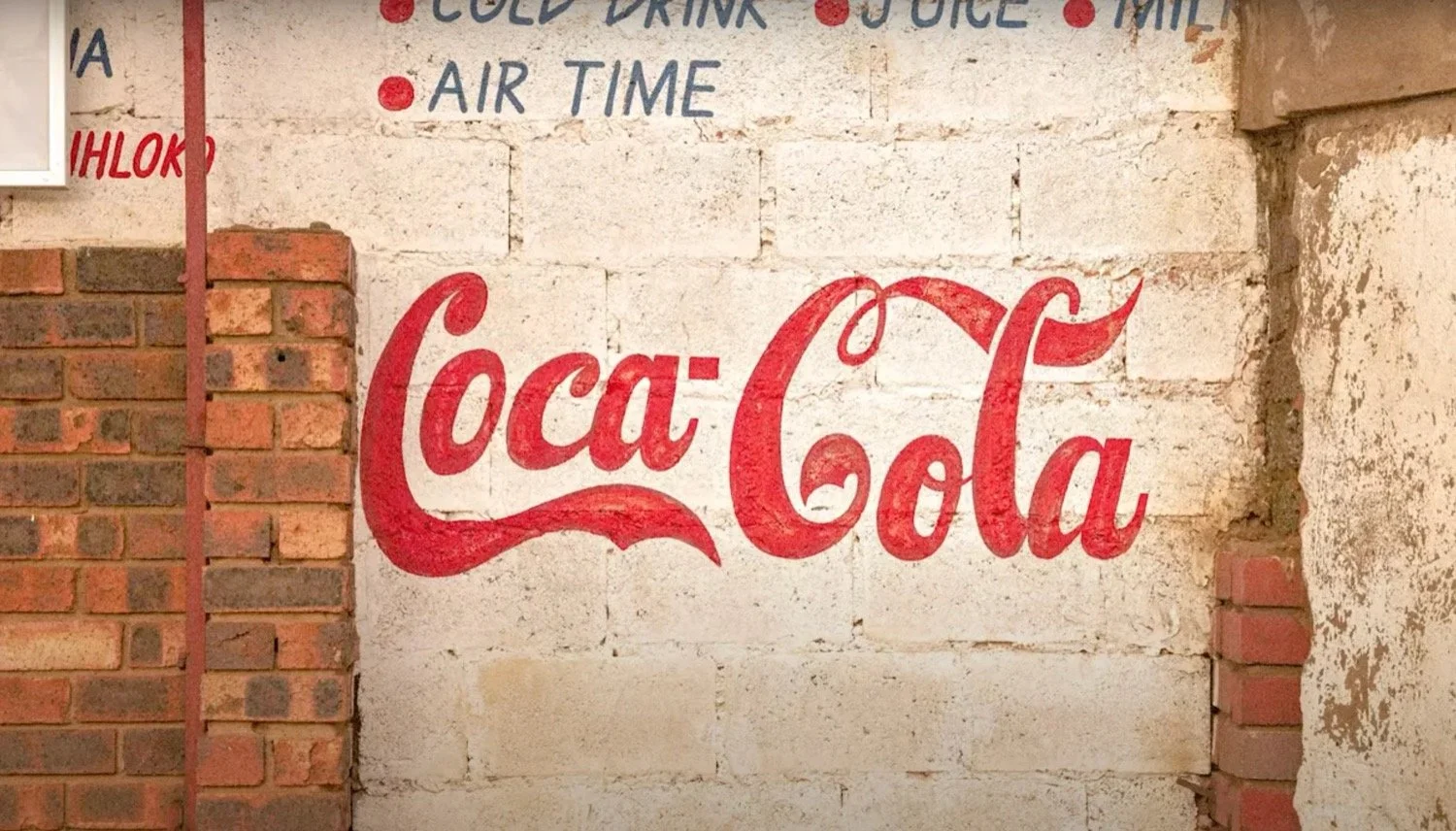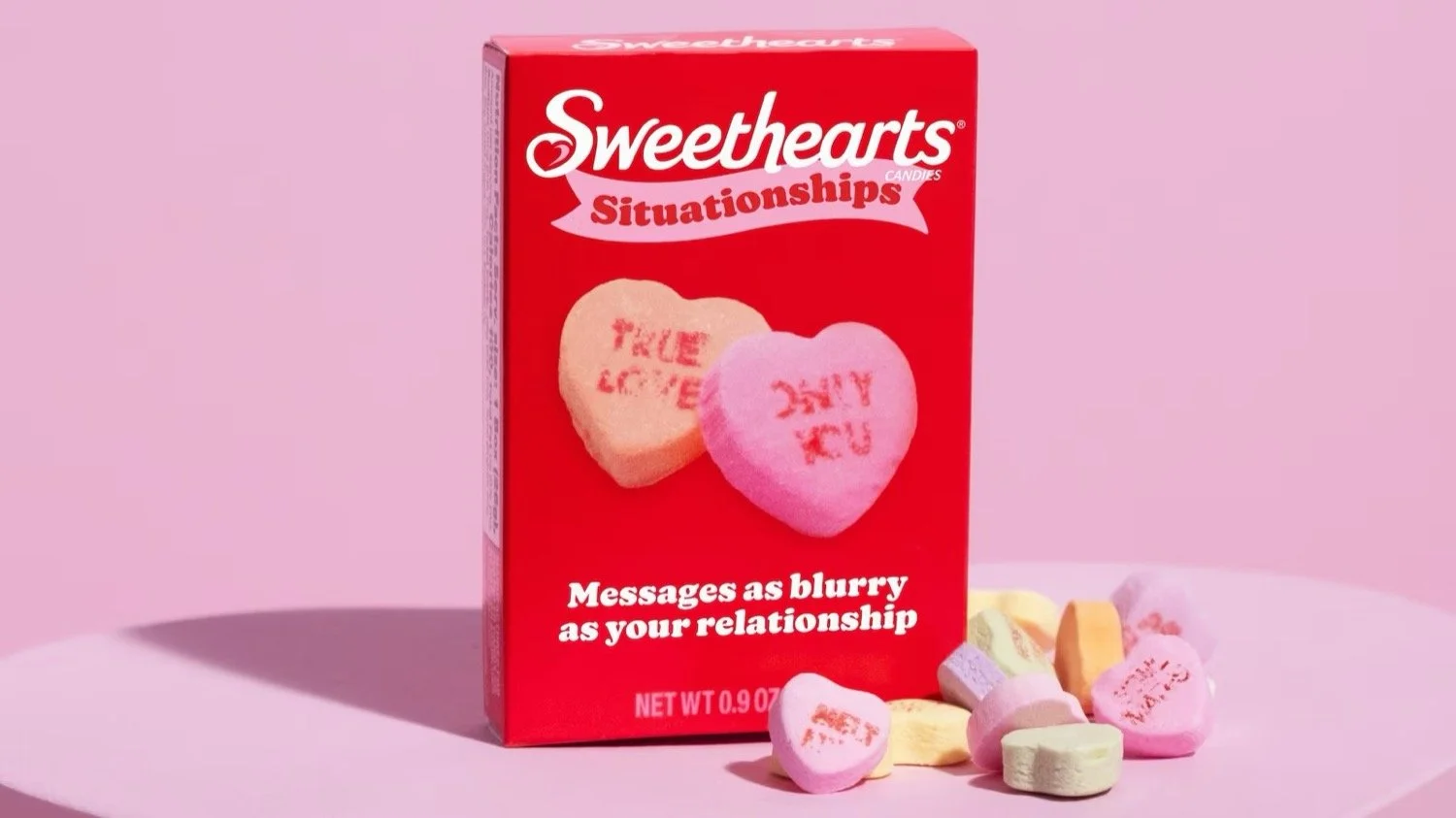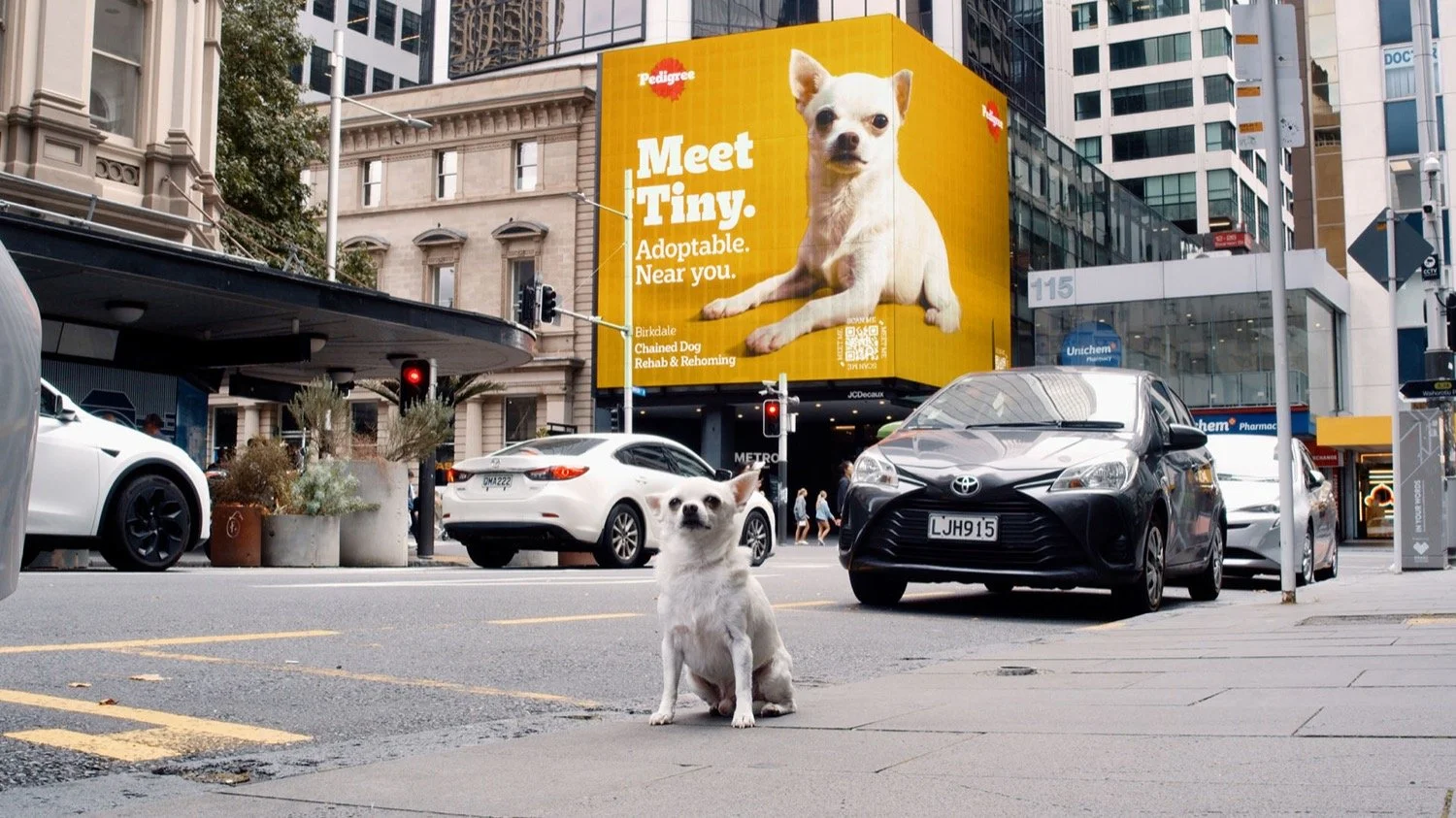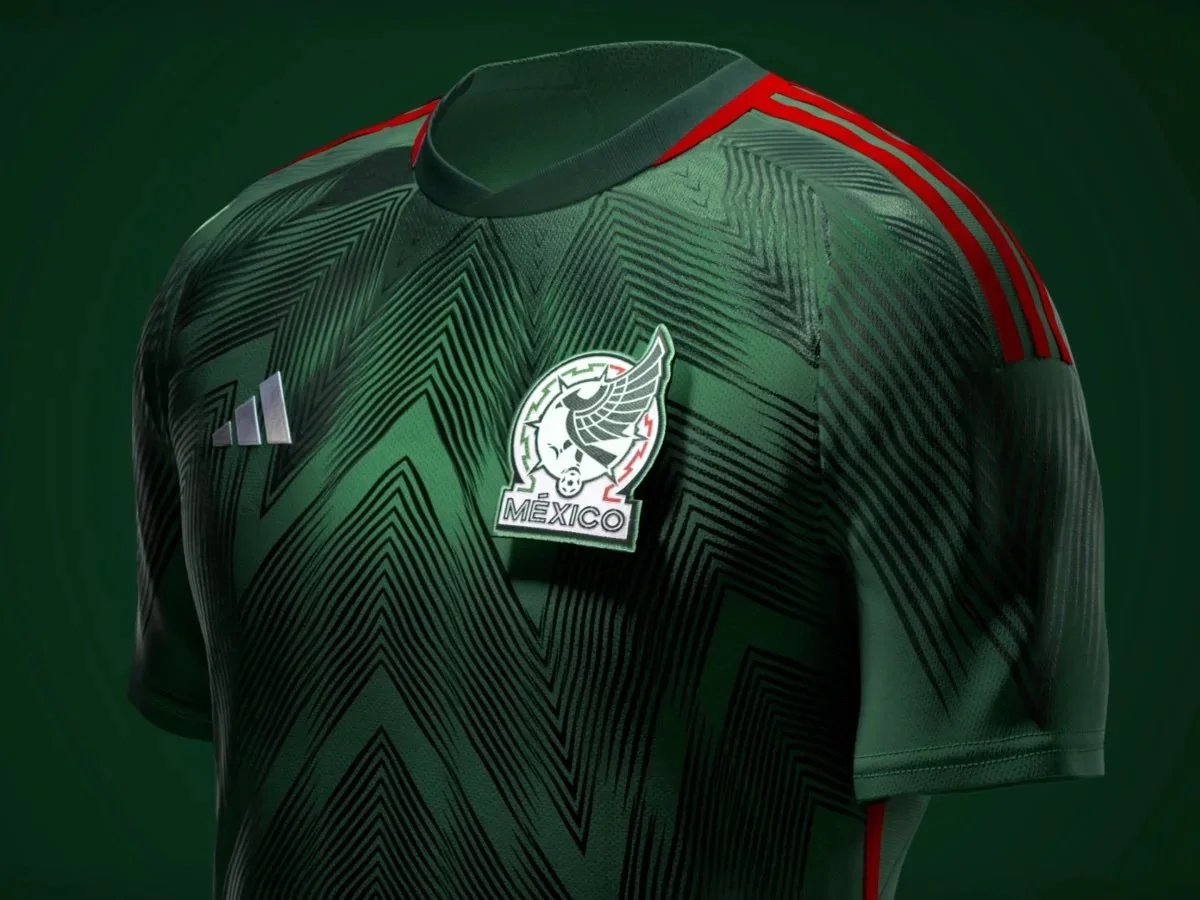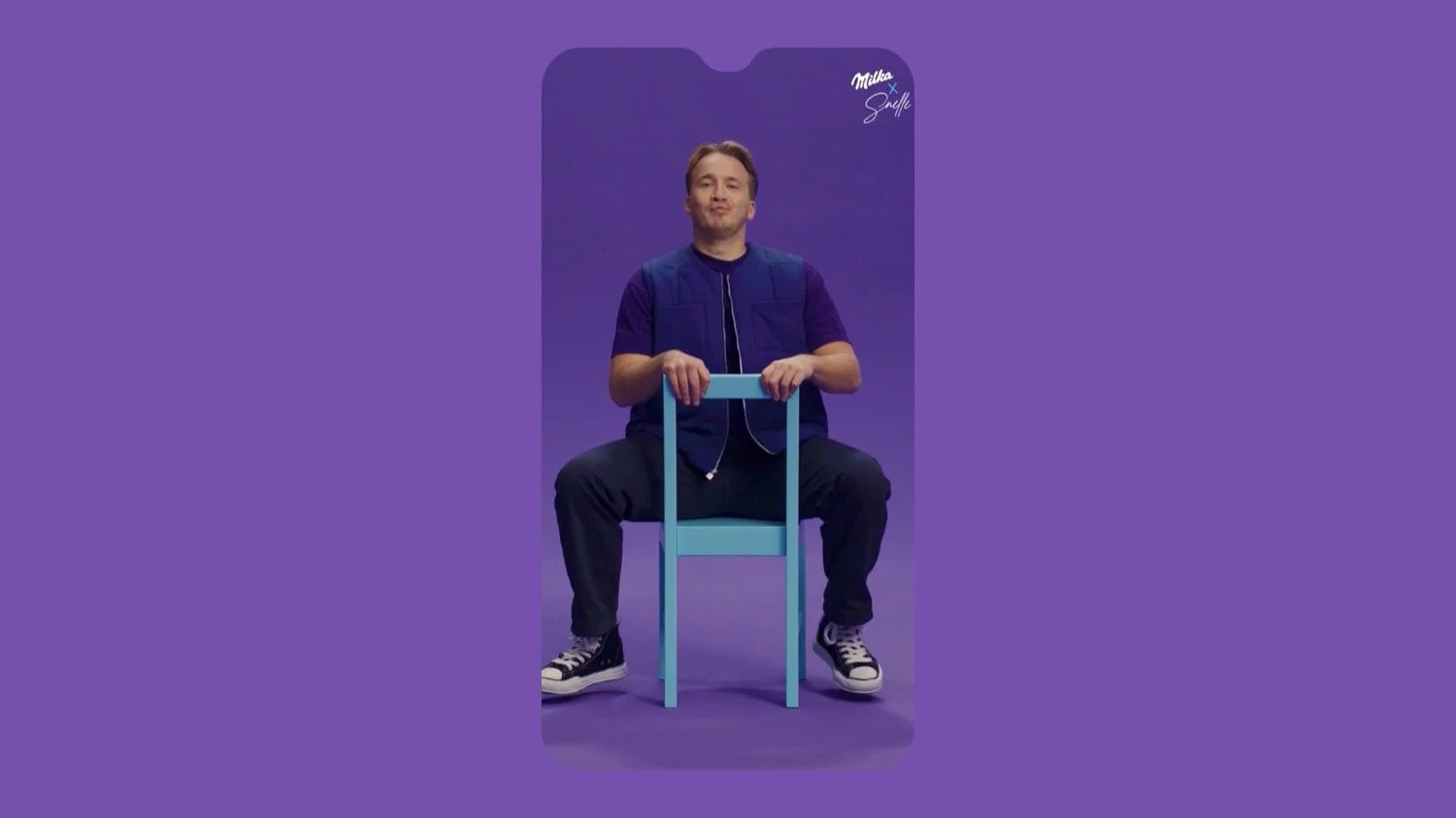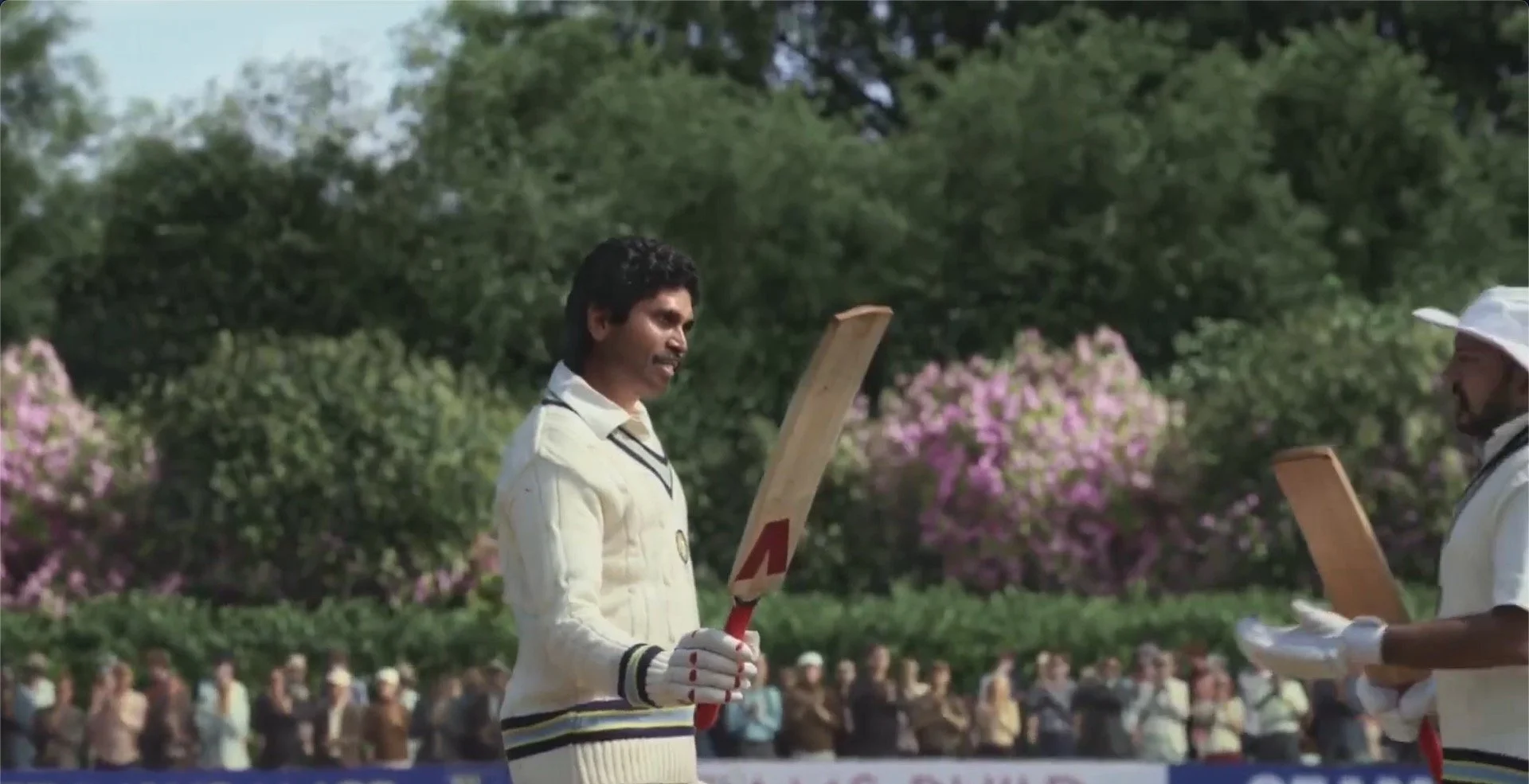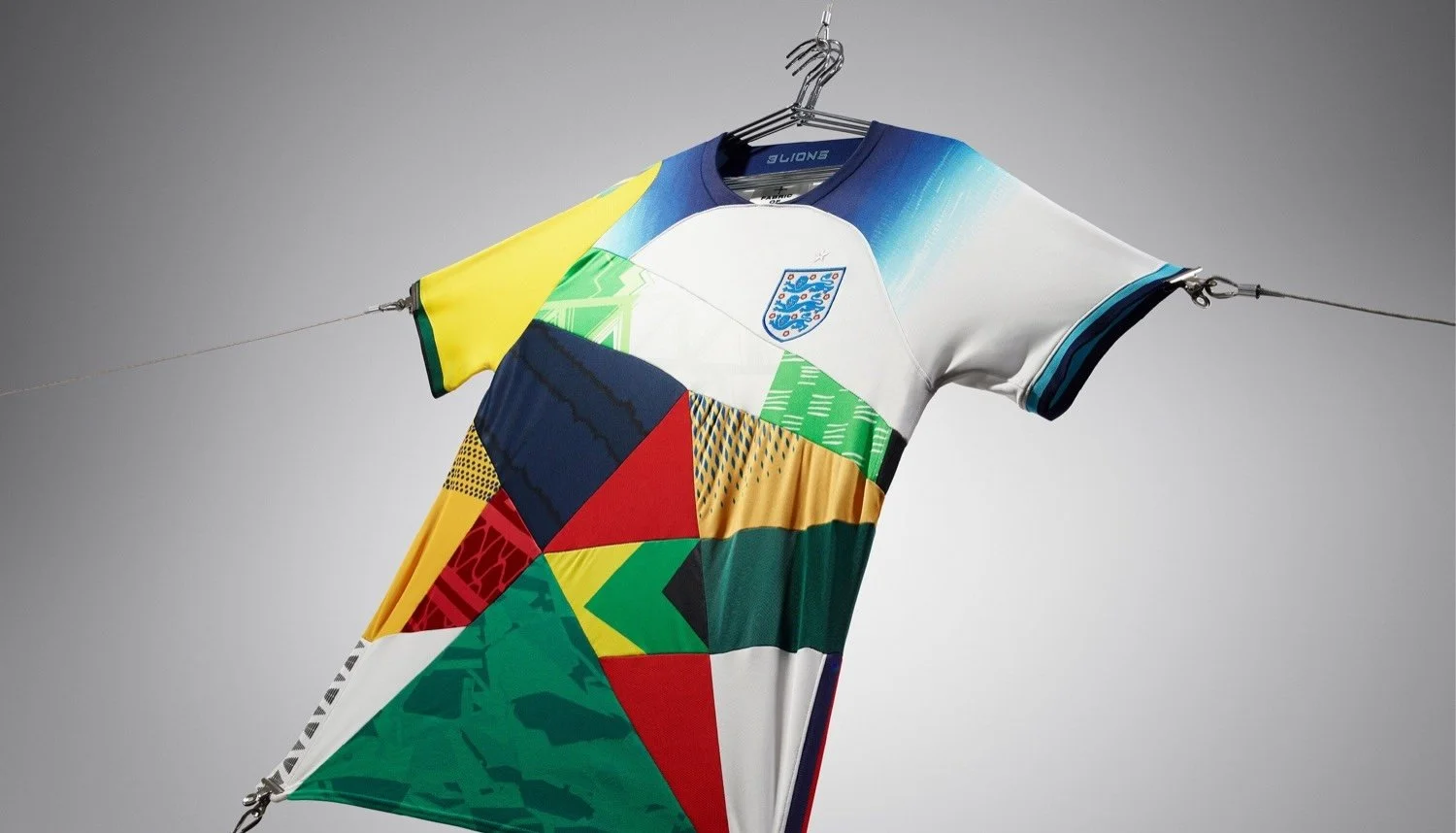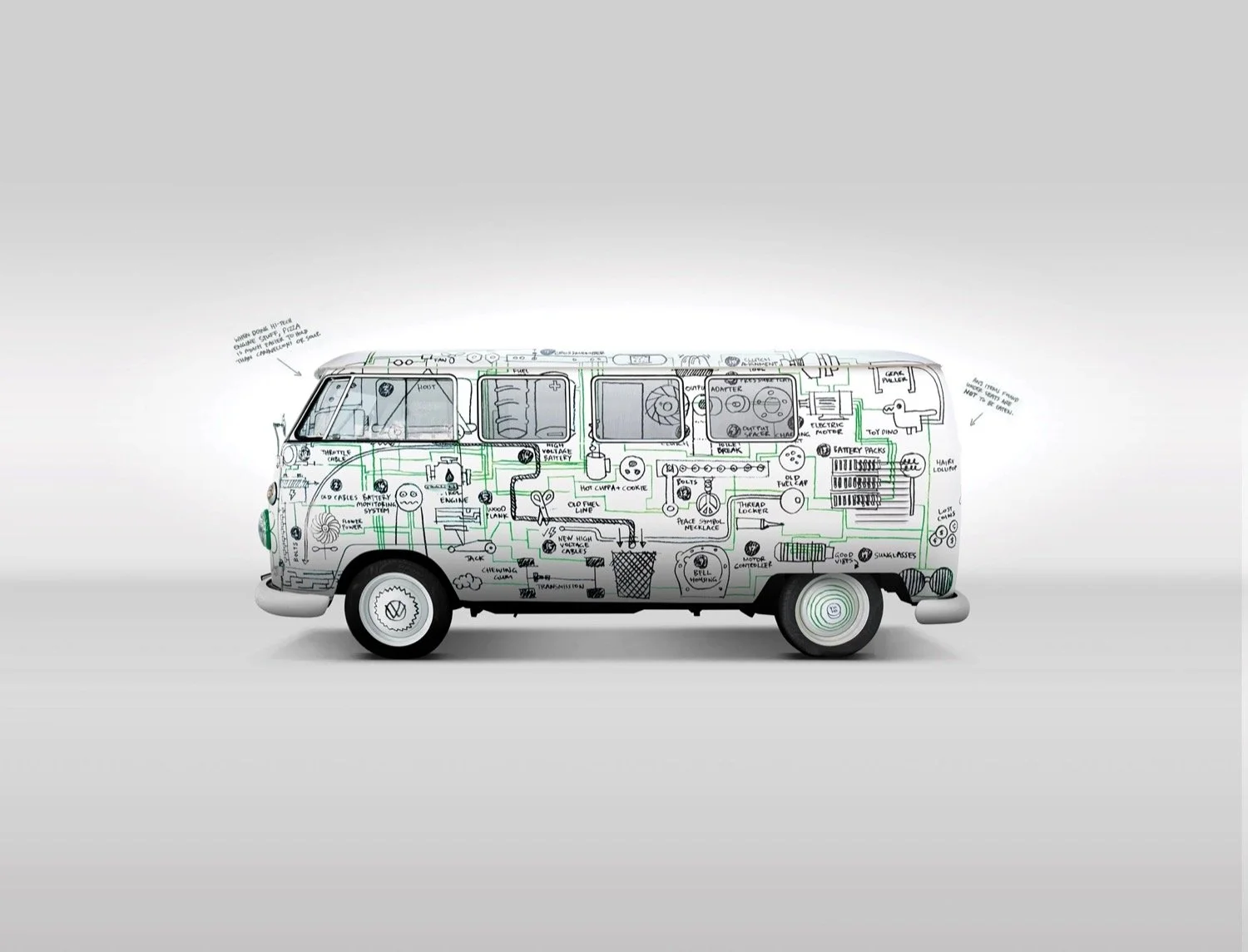
Fun
Humour and fun reduce people’s resistance to action

How fun affects behaviour
Humour and fun reduce people’s resistance to action.
Fun provides the kind of instant gratification people can’t refuse. Any activity or task (especially if tedious or unimportant) can benefit from adding some fun, humor, or entertainment value.
Using fun triggers
Fun Triggers are best to tackle Experiential and Promotion jobs. But they also work in conjunction with other triggers to improve pretty much any idea. With the brief at hand, try asking yourself the following questions:
(click on them for details and examples)
A bit more on fun
In 2009 Volkswagen launched a global initiative to prove that ‘something as simple as fun is the easiest way to change people’s behaviour for the better’. They called it The Fun Theory and you can check many great examples on the VW Fun Theory microsite, The Staircase Piano (below) being the most famous one.

Great ideas using fun
The Interactive Form | BETC Paris for Canal+

Jump Pump | Geometry Mumbai for Lifebuoy

Most recent ideas using fun
(check Activation Ideas for even more case studies using Fun)
If you want to learn more about fun
Despite the Volkswagen example, there’s not a great deal of theory around fun, but conversely it’s quite an easy concept to grasp. If you’re interested, here are two great pieces to start.
The seminal work done by VW has a lot of inspirational mini-case studies that illustrate the power of this behavioural trigger
Other triggers
There’s much more than Fun to influence people’s behaviour. Check out all the other Behavioural Triggers to learn more.
Gamification
The immersive nature of games helps to establish and maintain habits

How gamification affects behaviour
The immersive nature of games helps to establish and maintain habits.
Games have the power of engaging people intensely and repeatedly through their established mechanics. Applying those basic game ingredients (such as rankings, badges, and characters) to other non-ludic activities can help to establish and maintain habits.
Using gamification triggers
Gamification Triggers are best to tackle Promotion, Shopper and Loyalty jobs. Or pretty much to help anyone adopt and stick to new behaviours. With the brief at hand, try asking yourself the following questions:
(click on them for details and examples)
A bit more on gamification
Gamification became ‘a thing’ in the early 2010s. Today there are even big companies that apply game techniques and mechanics to several non-gaming environments like education, healthcare, software development, workforce, government and, of course, marketing. A short intro video below.

And a longish one.

Great ideas using gamification
Rink Bingo | FCB Geneva for Hockey Club Davos

The Ad That Run | Geometry Prague for Intersport

Most recent ideas using gamification
(check Activation Ideas for even more case studies using Gamification)
If you want to learn more about gamification
At face value, Gamification might be misunderstood as the simply addition of points and badges to a programme, or something that can only be used in apps. Jane McGonigal is an inspiring reference that shows how pervasive games can be in our lives. Her TED Talks are great and her book and app SuperBetter show how games can help improve one’s whole lifestyle.


Gaming can make a better world, TED Talk by Jane McGonigal
The game that can give you 10 extra years of life, TED Talk by Jane McGonigal
Other triggers
There’s much more than Gamification to influence people’s behaviour. Check out all the other Behavioural Triggers to learn more.
Incentives
Both rewards and fear of losing could be equally powerful motivations

How incentives affect behaviour
Both rewards and fear of losing could be equally powerful motivations.
Consciously or unconsciously, we’re always thinking about what we get from any given situation. And curiously, we happen to be more motivated by not losing than by winning.
Using incentives triggers
Incentives Triggers are best to tackle Promotion and Shopper jobs where rewards and perception of value are critical. They also work great in combination with other triggers to encourage immediate action. With the brief at hand, try asking yourself the following questions:
(click on them for details and examples)
A bit more on incentives
Everything has a ‘price’ —numeric or not— that we consider before taking action. Is it worth my time? Am I willing to pay extra for convenience? What if something goes wrong? Can I get it elsewhere for less or with less effort?
We don’t get motivated only by the expectation of a positive outcome but also by the fear of losing in any form. In fact, those sometimes irrational expectations could be far more powerful than the most interesting rewards. It’s a human treat called loss aversion, you can see how it works in the examples below.

Would you take this bet?

Even monkeys experience it.

Great ideas using incentives
Train Switch | Åkestam Holst Stockholm for Swebus

The RGB News | Geometry Bucharest for Observator

More recent ideas using incentives
(check Activation Ideas for even more case studies using Incentives)
If you want to learn more about incentives
Many psychologists like Dan Ariely have covered the topics of incentives and loss aversion as part of their efforts to explain how we really made decisions.

A short video from the author on loss aversion and the so called endowment effect
Other triggers
There’s much more than Incentives to influence people’s behaviour. Check out all the other Behavioural Triggers to learn more.
Choice
Defaults, bundles, order of the alternatives, they all influence decision-making

How choice affects behaviour
Defaults, bundles, order of the alternatives, they all influence decision-making.
Many variables beyond the quality of the alternatives affect the way we make choices. Quantity, order, and distractions (among others) have a huge impact on the actions we take, not always for the better. We could do with a little help, especially when the options are complex or unfamiliar.
Using choice triggers
Choice Triggers are best to tackle Experiential, Promotion and Shopper jobs, though they play a role in changing any type of habits. With the brief at hand, try asking yourself the following questions:
(click on them for details and examples)
A bit more on choice
In his book Nudge, Nobel prize winner Richard Thaler explains the concept of Choice Architecture. See the cafeteria vivid example below.

Great ideas using choice
Sugar Detox | Marcel Paris for Intermarché

The Cookie Mug | Geometry Kuala Lumpur for Cream-O

More recent ideas using choice
(check Activation Ideas for even more case studies using Choice)
If you want to learn more about choice
Nudge, the work from Cuss Sustein and Richard Thaler, introduce the concept of Choice Architecture and Choice Architects with great real life examples.
Other triggers
There’s much more than Choice to influence people’s behaviour. Check out all the other Behavioural Triggers to learn more.
Experience
Design elements and interaction tweaks can transform the nature and quality of any experience

How experience affects behaviour
Design elements and interaction tweaks can transform the nature and quality of any experience.
Experiences don’t happen in a vacuum. We have to use diverse design elements, principles, and resources that have a powerful influence on behavior beyond the content itself.
Using experience triggers
Experience Triggers are best to tackle Experiential, Shopper and habit change jobs. It will help with new ideas but also with planning the journey. With the brief at hand, try asking yourself the following questions:
(click on them for details and examples)
A bit more on experience
Not just science has been studying our brain and how to influence behaviour. There’s a wealth of knowledge and practical advice coming from long established and new practices alike, like architecture, design, product design, performance arts, customer service and user experience among many others. Too many to single out, but it’s easy to understand how the type and design of the overall experience could have as much impact as the content itself.
Here are three (of the many) TED Talks that touch on the topic of Experience from very different angles.
The first one is a framework for today’s Experience Economy and how it’s all about rendering authenticity.

The next one explains how to design for all 5 senses and why sex is so great.

Finally a short lesson on how to tune ourselves into finding those little opportunities to improve any experience.

Great ideas using experience
Upside Down Can | BETC Paris for Orangina

Get Well Kit | Geometry Moscow for Sanofi

More recent ideas using experience
(check Activation Ideas for even more case studies using Experience)
If you want to learn more about experience
Simplicity, storytelling and design thinking are behind most of these techniques. Hard to pick a handful from such an extensive topic. But TED (Technology, Education & Design) is a good place to start. Pretty much everything is related here.

This is a seminal talk on Designing for Simplicity, by Jon Maeda from the legenday MIT
Other triggers
There’s much more than Experience to influence people’s behaviour. Check out all the other Behavioural Triggers to learn more.
Shortcuts
Certain ways of presenting information can bypass barriers and get people to act

How shortcuts affect behaviour
Certain ways of presenting information can bypass barriers and get people to act.
It’s impossible to deal with the myriad of decisions that we have to make at every single moment without some sort of coping mechanism. Our brain uses a series of mental shortcuts (heuristics and biases) to reduce the stress of understanding the stimuli that surround us.
Using shortcuts triggers
Shortcuts Triggers are best to tackle Shopper jobs, where persuasive messages need to be communicated fast and effectively. It includes demos and sampling. With the brief at hand, try asking yourself the following questions:
(click on them for details and examples)
A bit more on shortcuts
The notion of Slow and Fast Thinking plays a huge role here. The way the brain works is susceptible to mental shortcuts. These ‘tricks’ are commonly described as biases and heuristics, which we can take to our advantage to synthesise complex information in a way the brain can manage.

Great ideas using shortcuts
Dated Pillows | Happy Soldiers Sydney for Tontine

Handle on Hygiene | Geometry Dubai for Lifebuoy

More recent ideas using shortcuts
(check Activation Ideas for even more case studies using Shortcuts.
If you want to learn more about shortcuts
Neuromarketing and behavioural economics touch on this topic extensively. Perhaps Nobel laureate Daniel Kahneman is the one of the authors who captured it best.
Other triggers
There’s much more than Shortcuts to influence people’s behaviour. Check out all the other Behavioural Triggers to learn more.
Reframing
The same experience can be seen in a more positive light

How reframing affects behaviour
The same experience can be seen in a more positive light.
All of our senses are always fully engaged in looking for meaning around us. We try to make sense of our environment and take our perceptions for granted. Our actions follow what we think reality is.
Using reframing triggers
Reframing Triggers are best to tackle Experiential, Shopper and habit change jobs because they help to modify the mindset quickly. With the brief at hand, try asking yourself the following questions:
(click on them for details and examples)
A bit more on reframing
Reframing could easily be one of the most cost-effective strategies, because it doesn’t require real changes per se. Or, as Rory Sutherland puts it more eloquently. ‘how many problems in life could be solved by tinkering with perception rather than tedious hard working and messy business of trying to change reality?’
Don’t miss his hilarious TED Talk Life Lessons from an Ad Man, or if need be jump to two of the best examples on Reframing below.


Great ideas using reframing
X-Ray Casts | Colenso BBDO Auckland for Anchor

The Paper Skin | Geometry Frankfurt for Fedrigoni

More recent ideas using reframing
(check Activation Ideas for even more case studies using Reframing)
If you want to learn more about reframing
Reframing is closely related to other triggers like Incentives, Choice, Experience and even Emotion. However creatively is so powerful that it’s worth it to be studied on its own. Here are some good videos and articles explaining the Framing and Anchoring effects in more detail.

The first thing you see, will set the point of reference.
Other triggers
There’s much more than Reframing to influence people’s behaviour. Check out all the other Behavioural Triggers to learn more.
Emotion
Emotion is almost always more powerful than reason

How emotion affects behaviour
Emotion is almost always more powerful than reason.
Despite all the “logical” explanations that we use to justify our decisions, most are illogical and irrational. More often than not, we think with our guts rather than our brains.
Using emotion triggers
Emotion Triggers are best to tackle Experiential, Promotion and Shopper briefs. Pretty much any rational claim can be replaced or improved with an emotional approach. With the brief at hand, try asking yourself the following questions:
(click on them for details and examples)
A bit more on emotion
Frankly, it’s so intuitive and there’s so much literature around the power of emotion to persuade that it hardly needs explanation. What’s important to note is that there are many emotions beyond happiness and love that can be explored. The basic ones like happiness, surprise, fear, sadness, anger and disgust but also their many nuances.

Great ideas using emotion
The Baby Stroller Test-Ride | FCB NYC for Contours

Yummy Bill | Geometry Bogota for Claro

More recent ideas using emotion
Check Activation Ideas for even more case studies using Emotion.
If you want to learn more about emotion
A couple of interesting articles.
Other triggers
There’s much more than Emotion to influence people’s behaviour. Check out all the other Behavioural Triggers to learn more.
Personalisation
Making things personal raises interest and participation dramatically

How personalisation affects behaviour
Making things personal raises interest and participation dramatically.
Forget brands and campaigns — “me” and “mine” are the most interesting things in the world. By making things personal, the level of interest and involvement goes up dramatically.
Using personalisation triggers
Personalisation Triggers are best to tackle Experiential, Promotion and Shopper jobs. But also any idea can benefit from finding a more personal or community angle. With the brief at hand, try asking yourself the following questions:
A bit more on personalisation
TBD.
Great ideas using personalisation
Come On In | DDB Sydney for Sydney Opera House

Say it with Chocolate | Geometry Kuala Lumpur for Cadbury

More recent ideas using personalisation
Check Activation Ideas for even more case studies using Personalisation.
If you want to learn more about personalisation
TBD.
Other triggers
There’s much more than Personalisation to influence people’s behaviour. Check out all the other Behavioural Triggers to learn more.
Society
Consciously or not, people often trade off their wishes to fit in

How society affects behaviour
Consciously or not, people often trade off their wishes to fit in.
What others think has a profound influence on what we do. We all want to belong and be accepted. Consciously or unconsciously, we often trade o our wishes to fit in.
Using society triggers
Society Triggers are best to tackle Experiential and Shopper jobs. Think how the broader cultural context can play a role in the current challenge. With the brief at hand, try asking yourself the following questions:
A bit more on society
This ad for Prudential using research footage illustrates vividly the extreme power of social pressure.

Great ideas using society
The Most Open Test Drive | BBDO Frankfurt for Smart

The Sleeping Drunks Billboards | Geometry Tokyo for Yaocho-Bar

More recent ideas using society
Check Activation Ideas for even more case studies using Society.
If you want to learn more about society
TBD.
Other triggers
There’s much more than Society to influence people’s behaviour. Check out all the other Behavioural Triggers to learn more.

